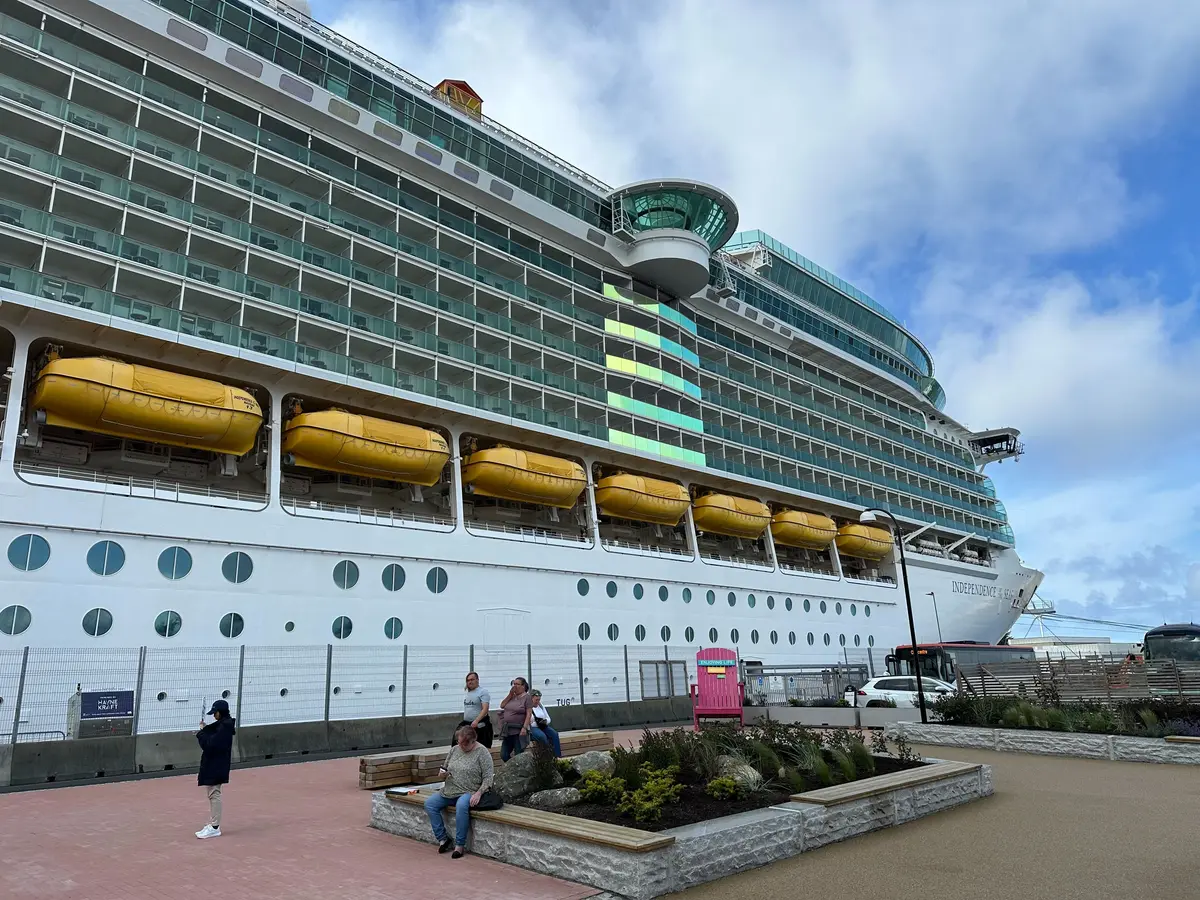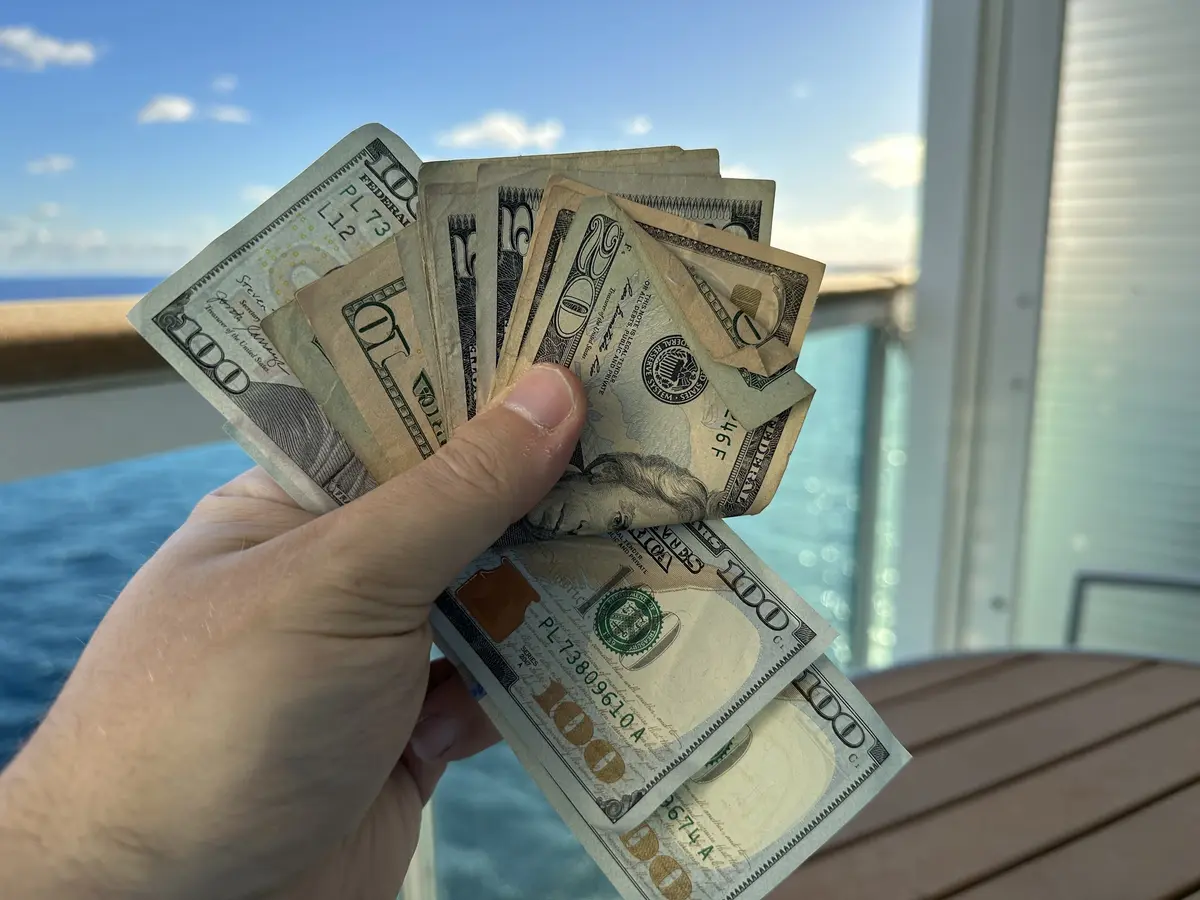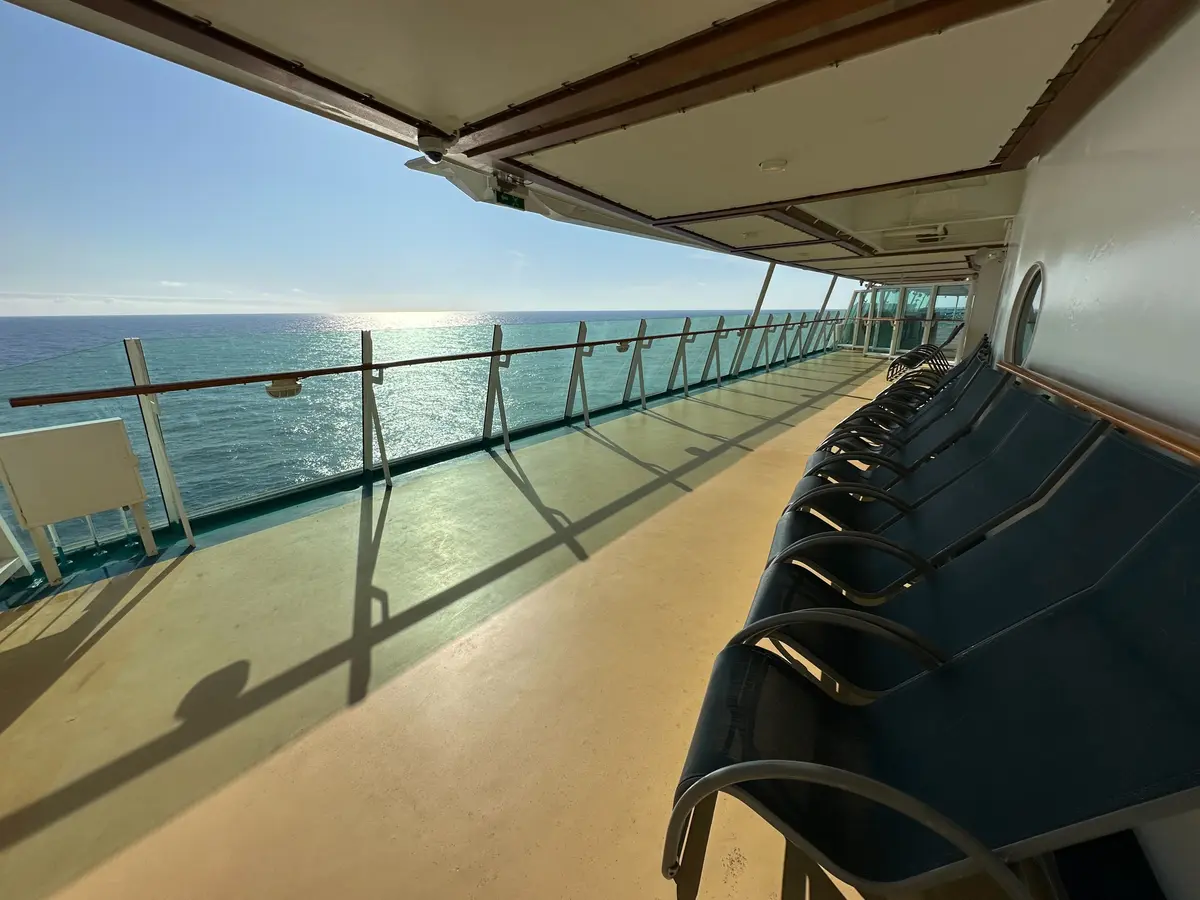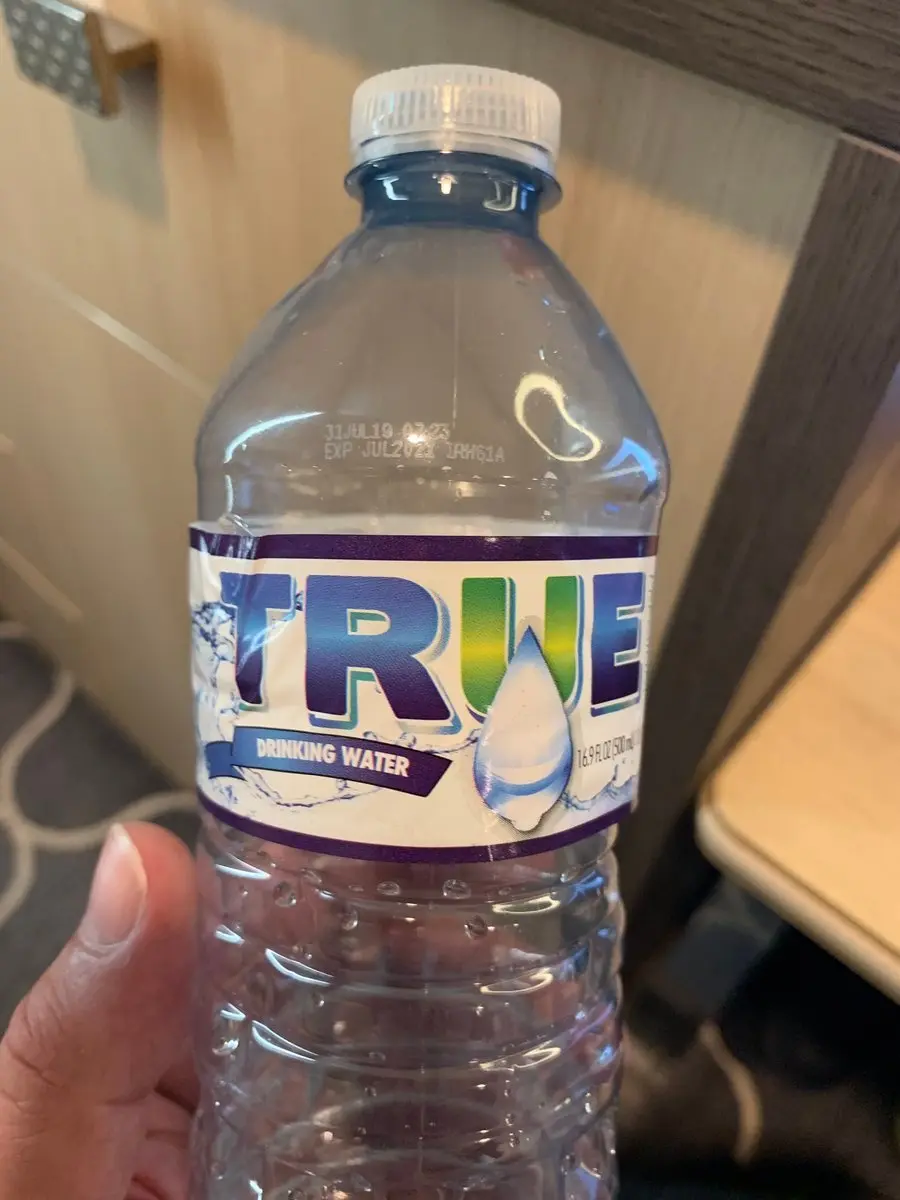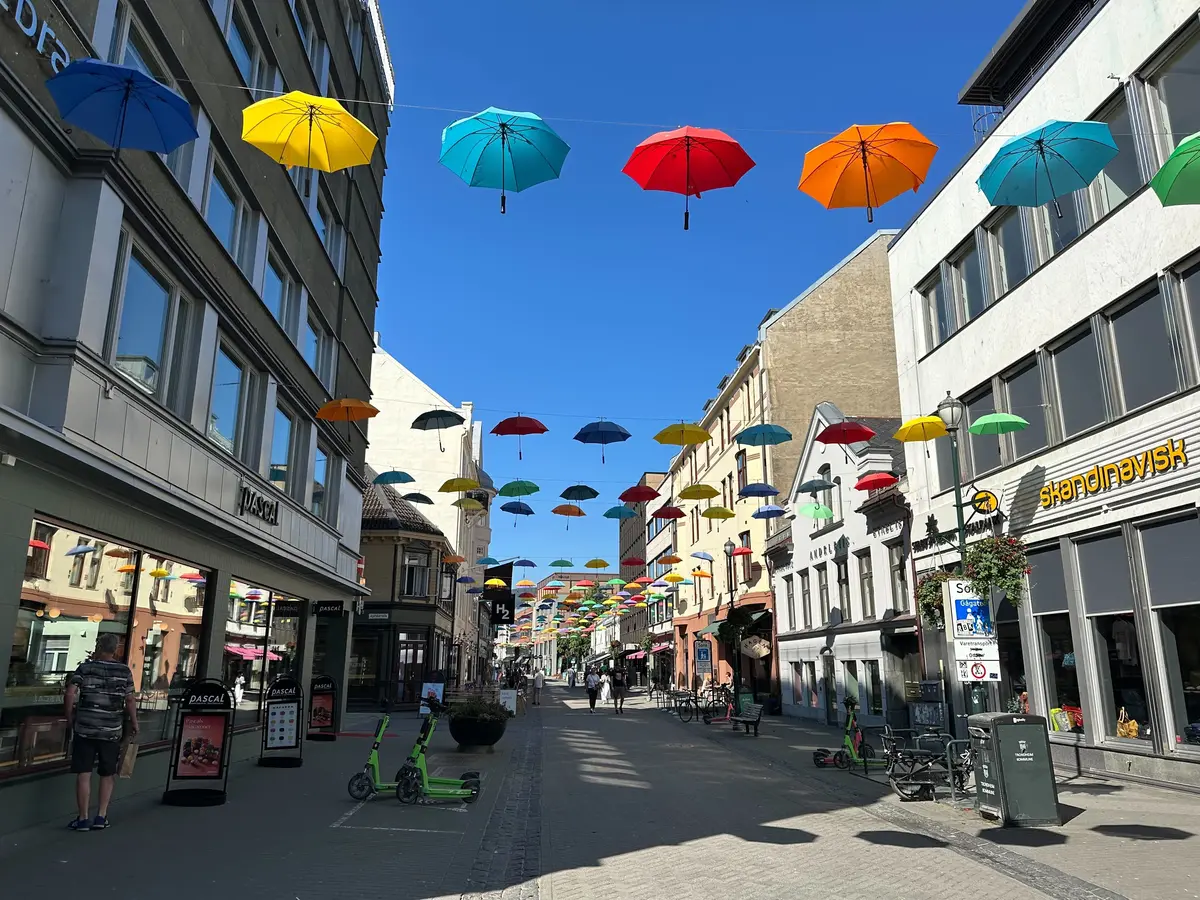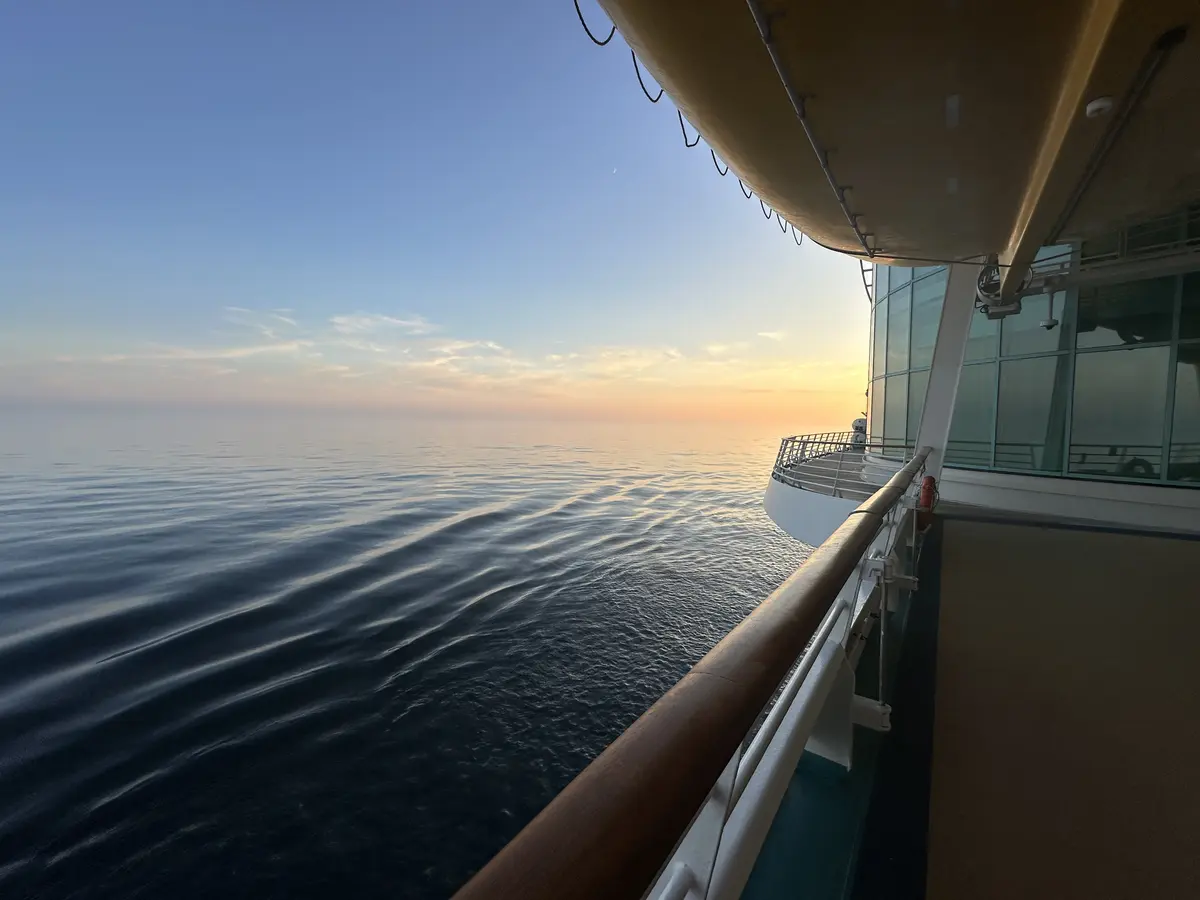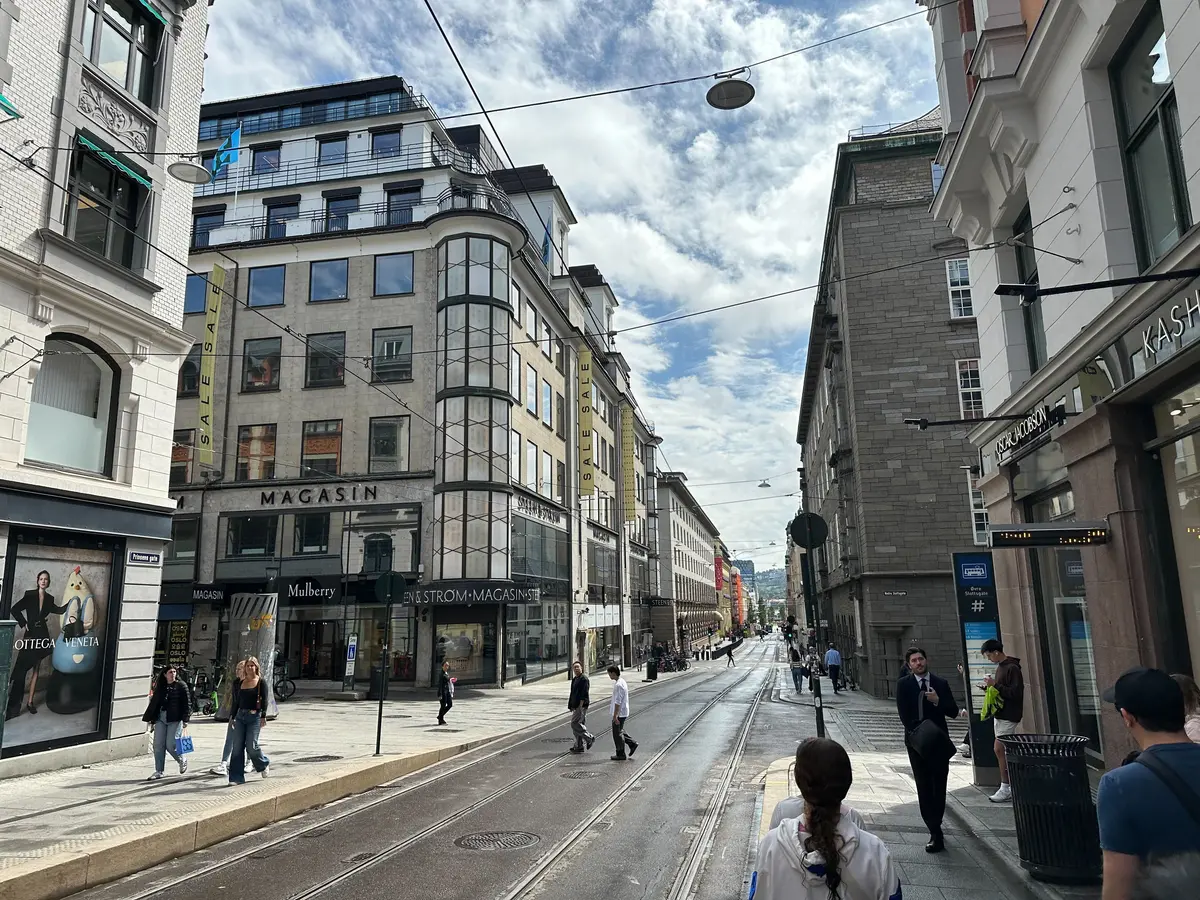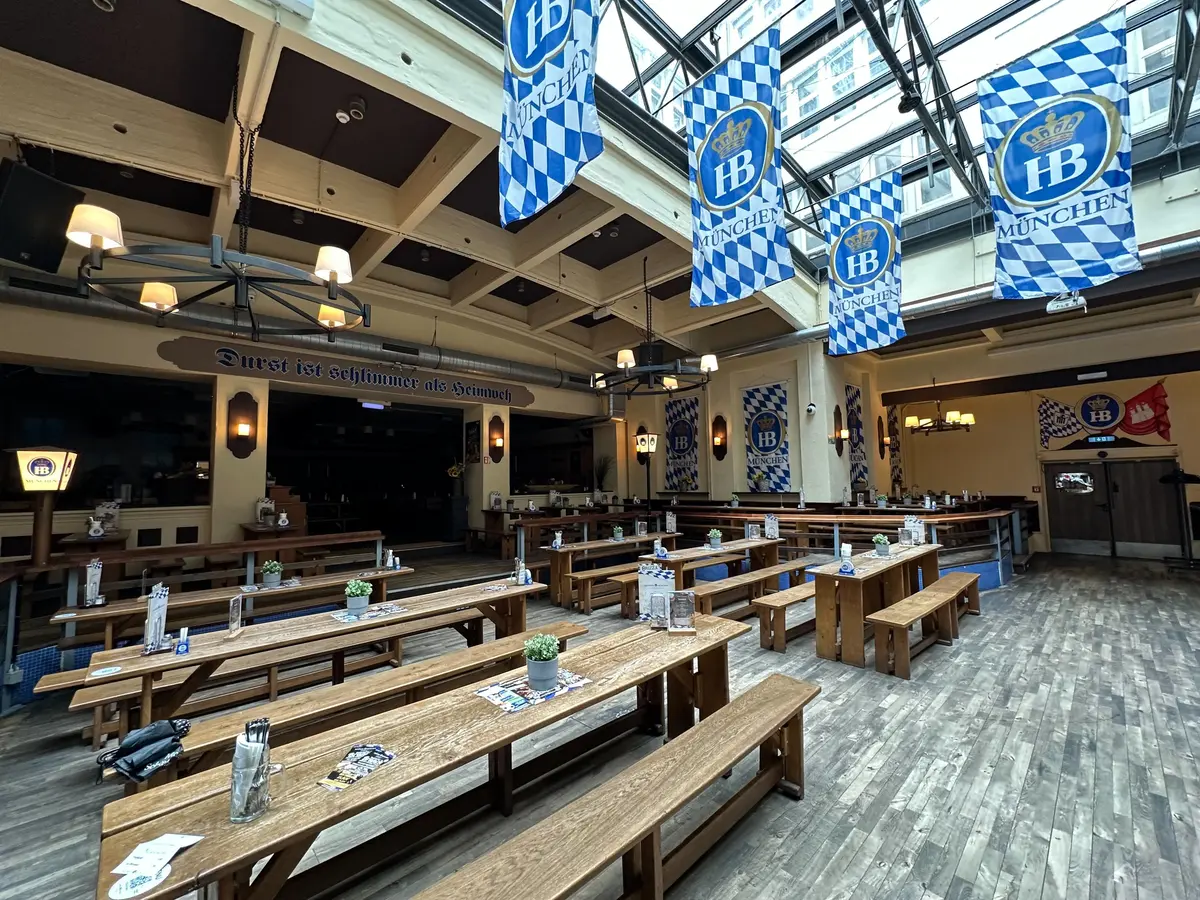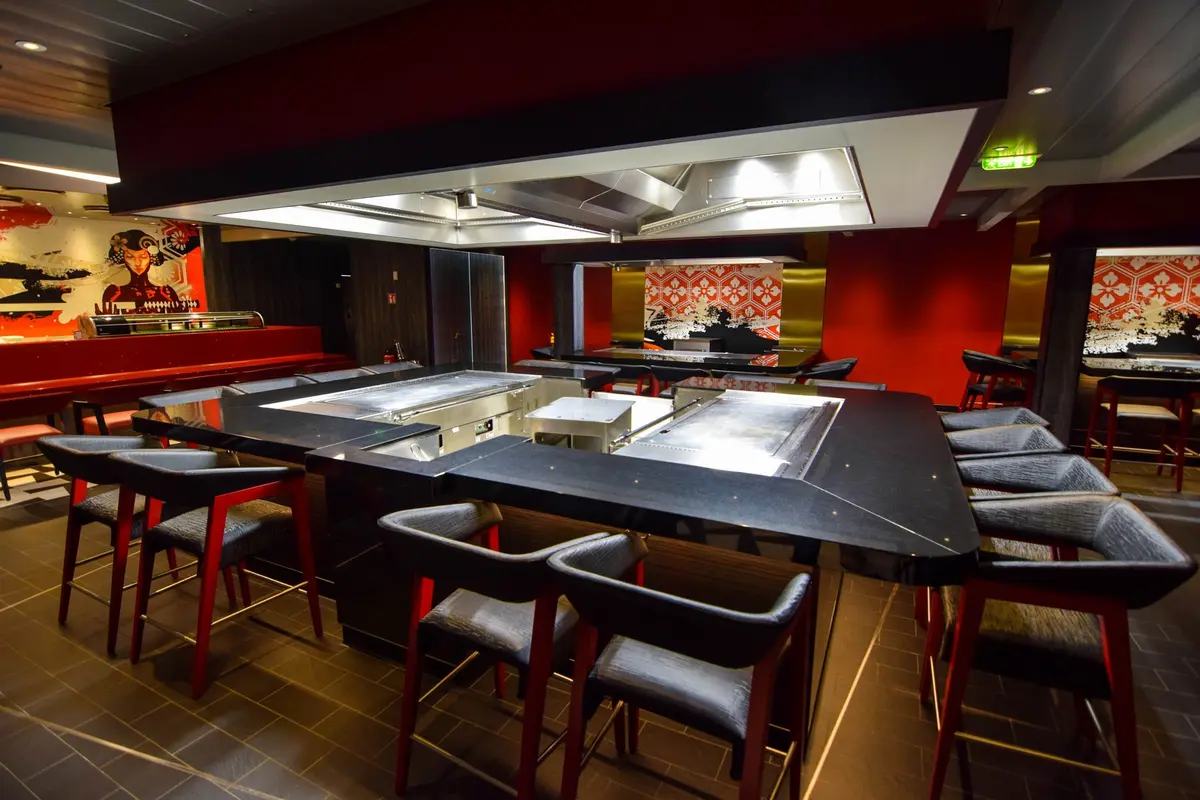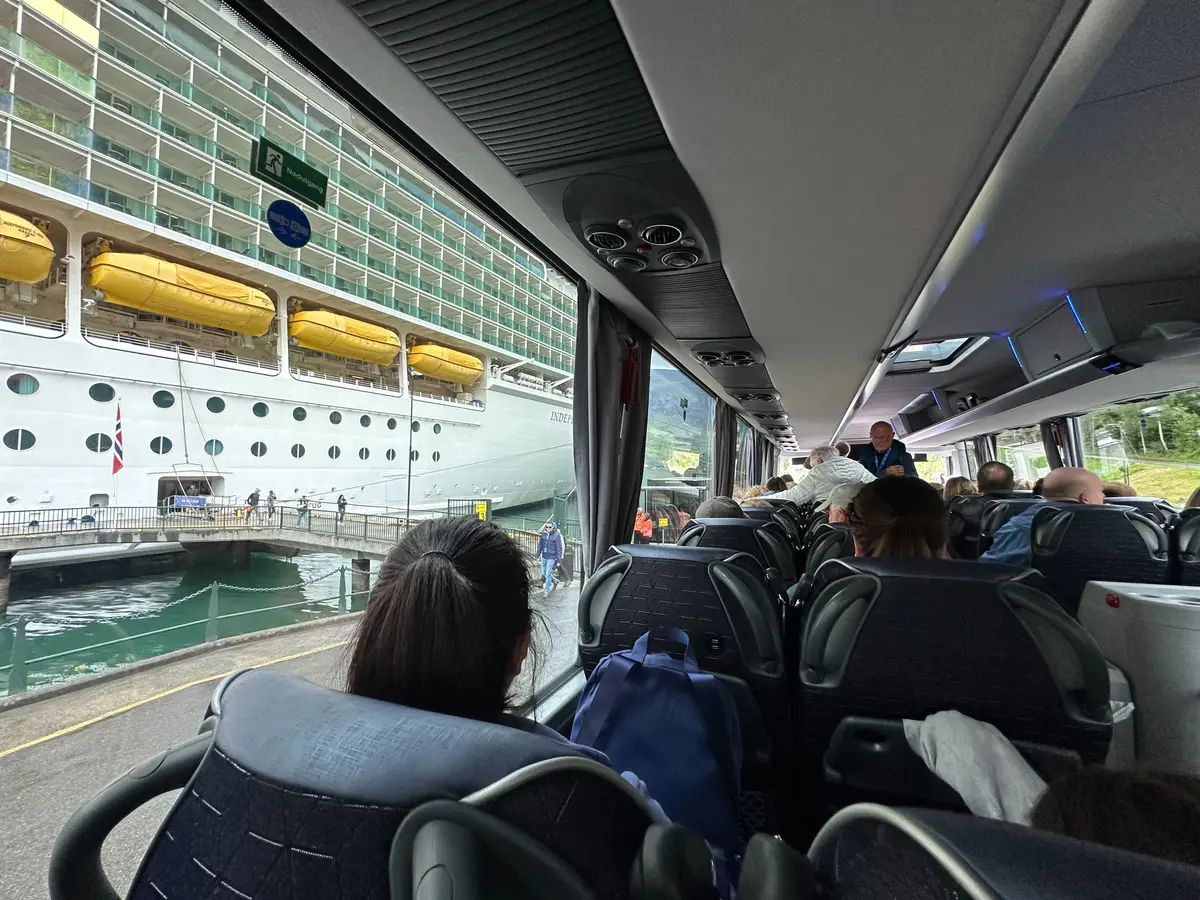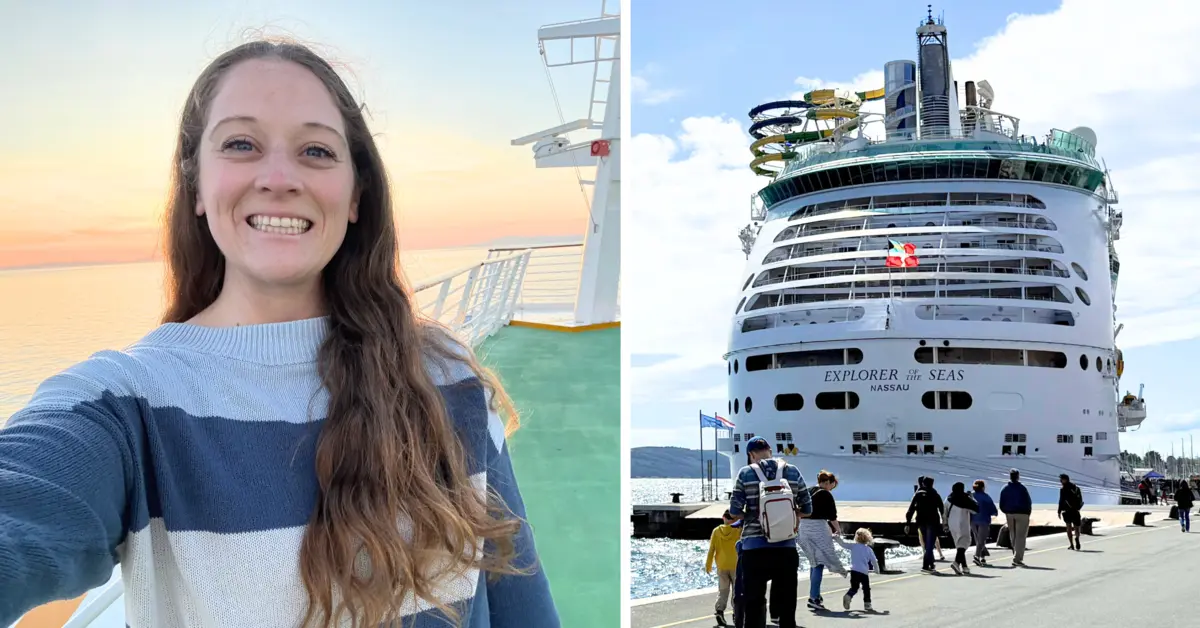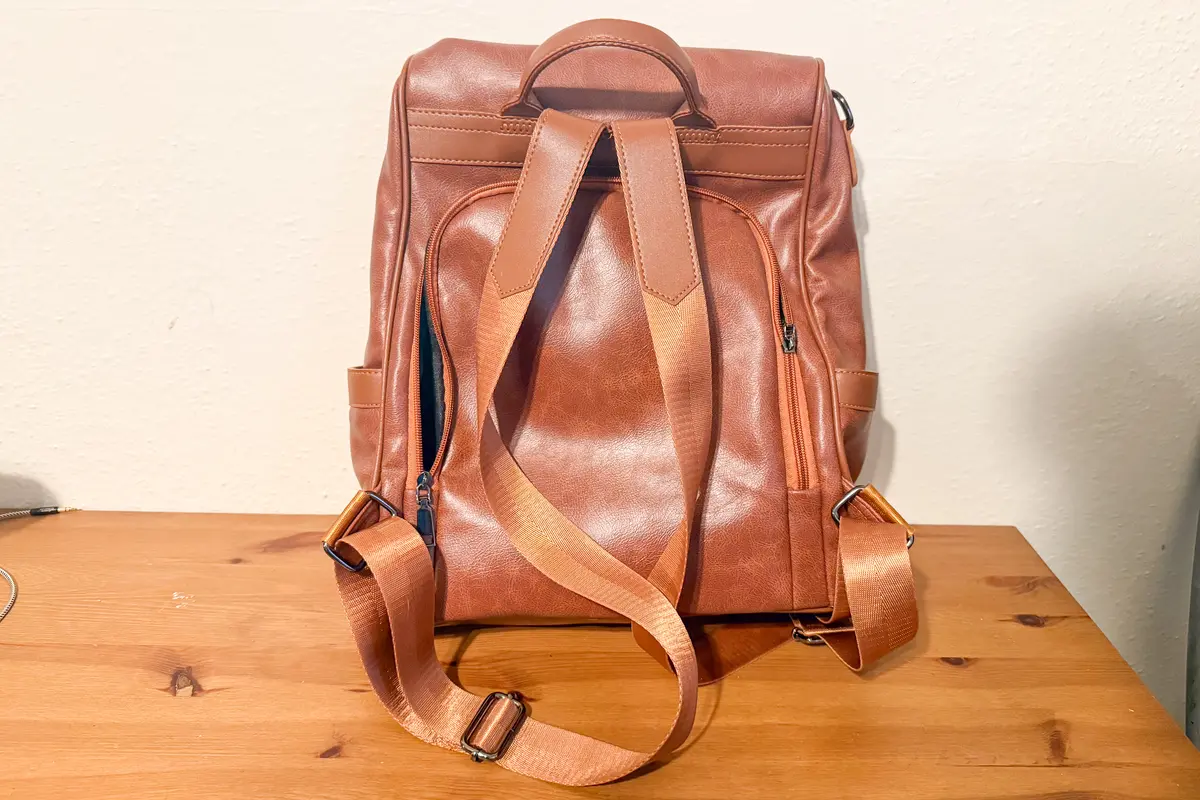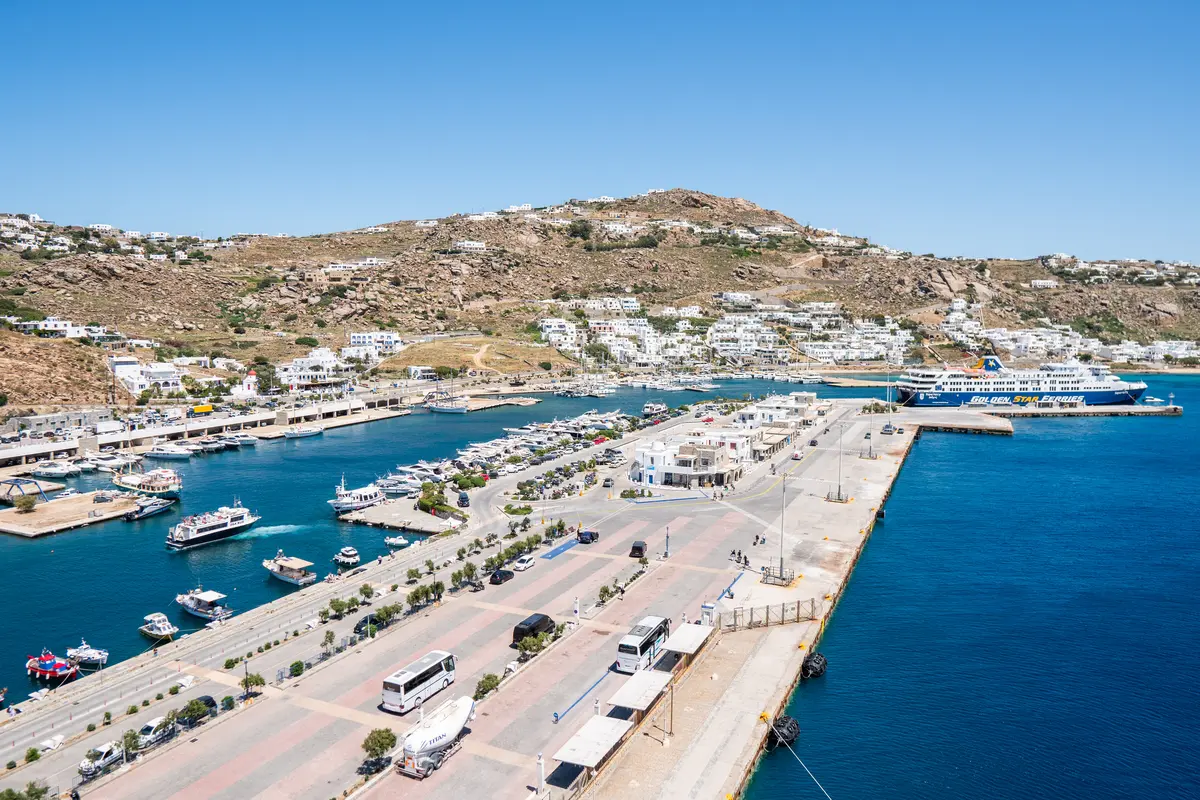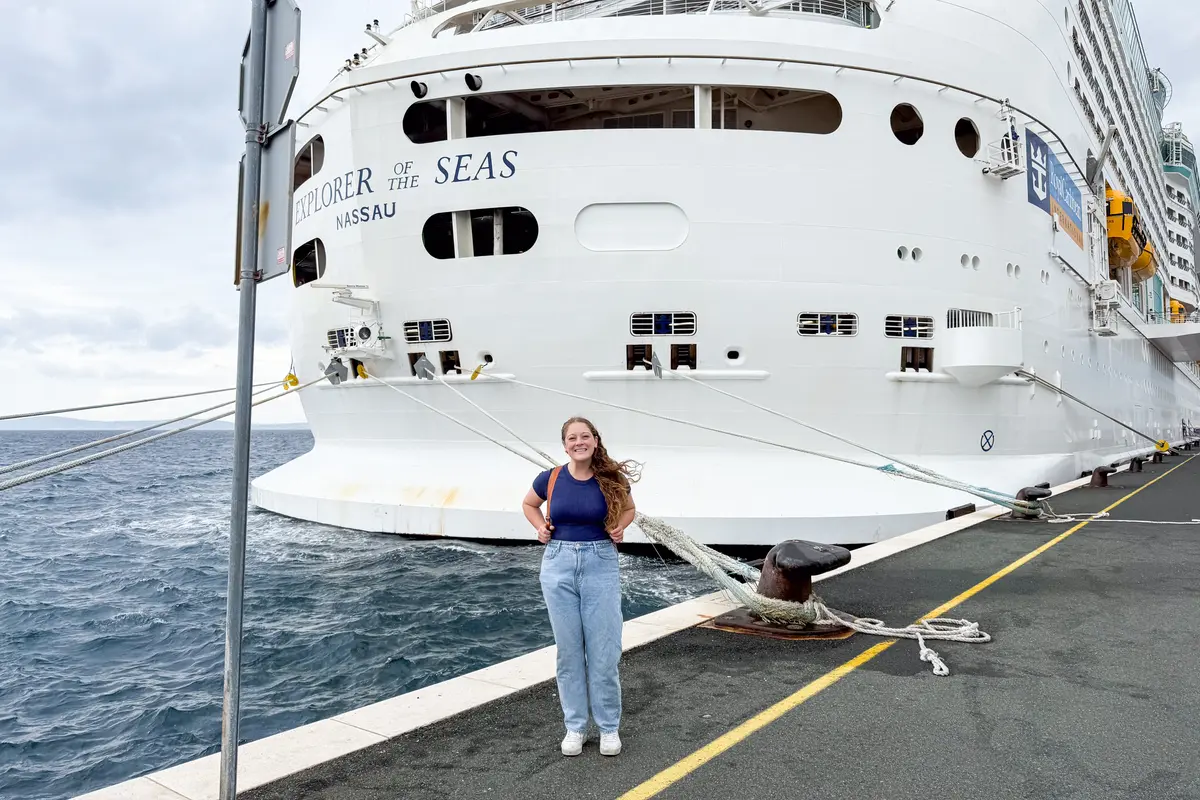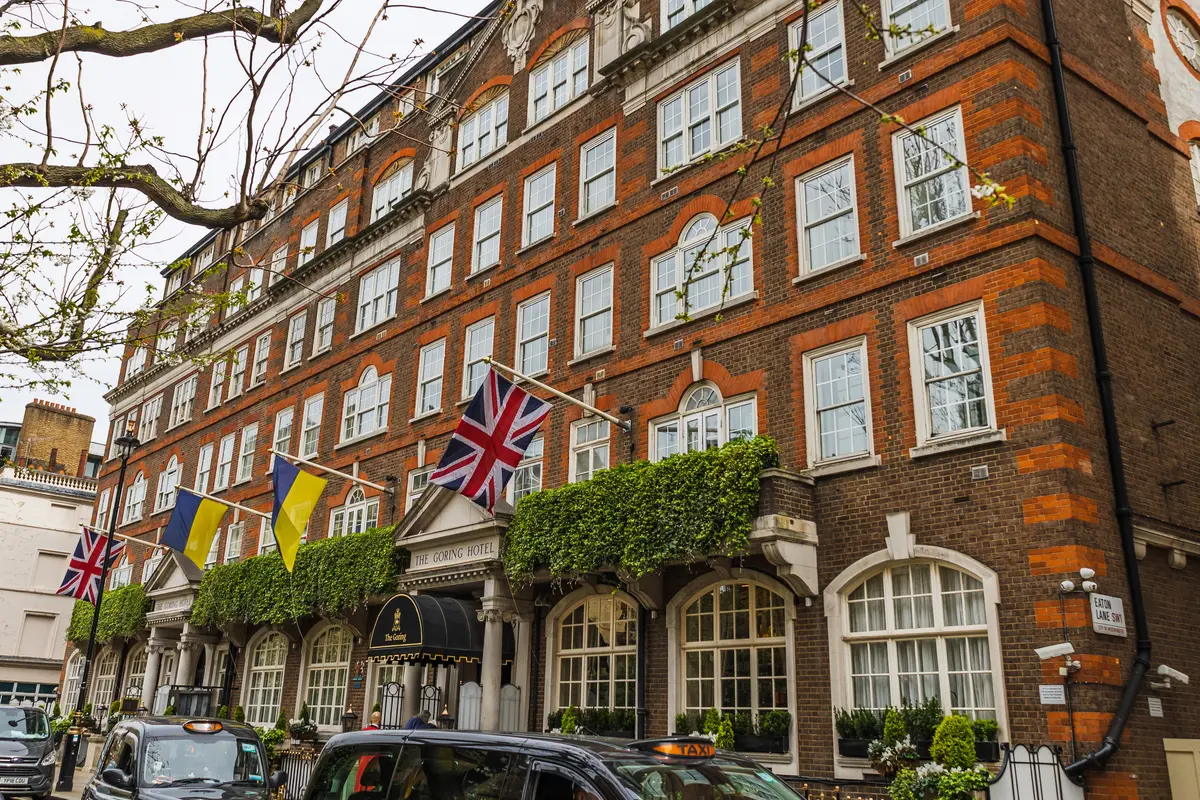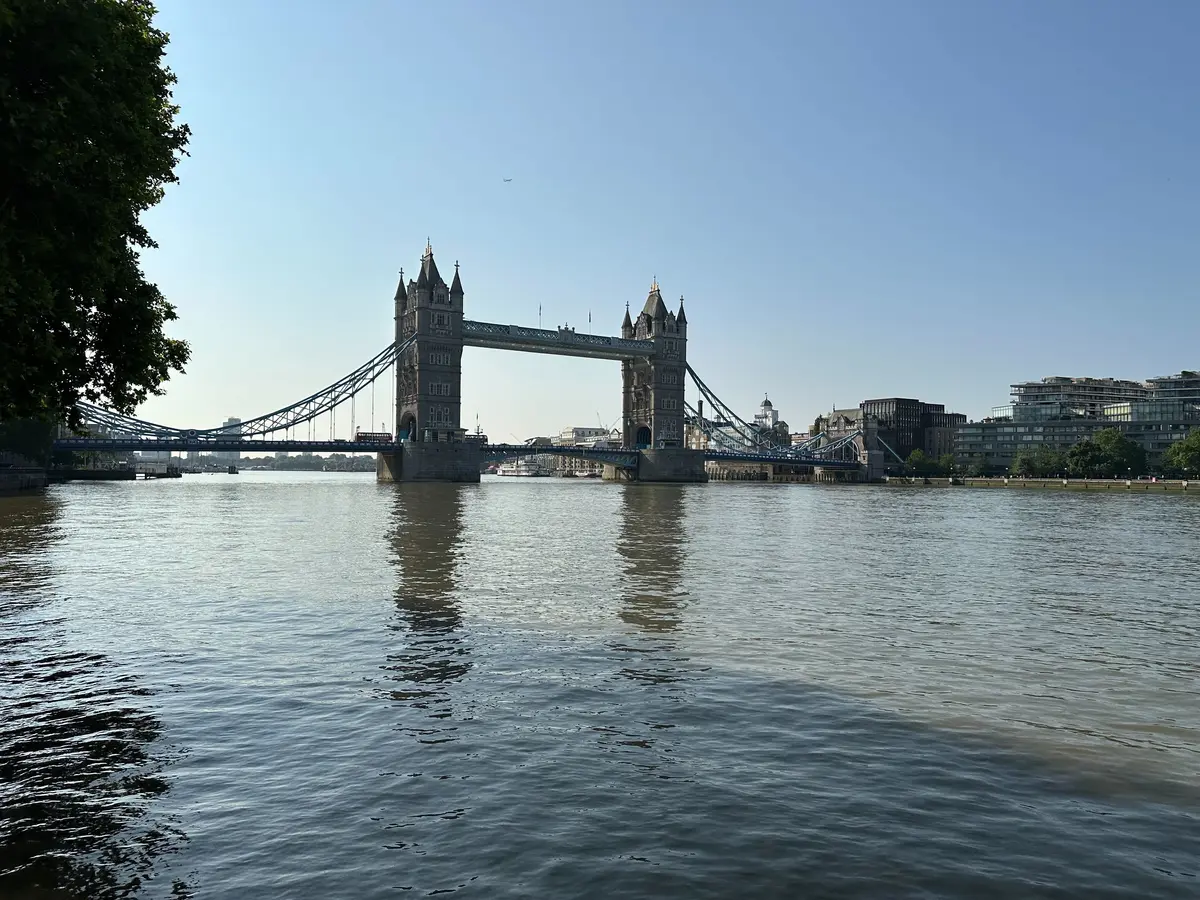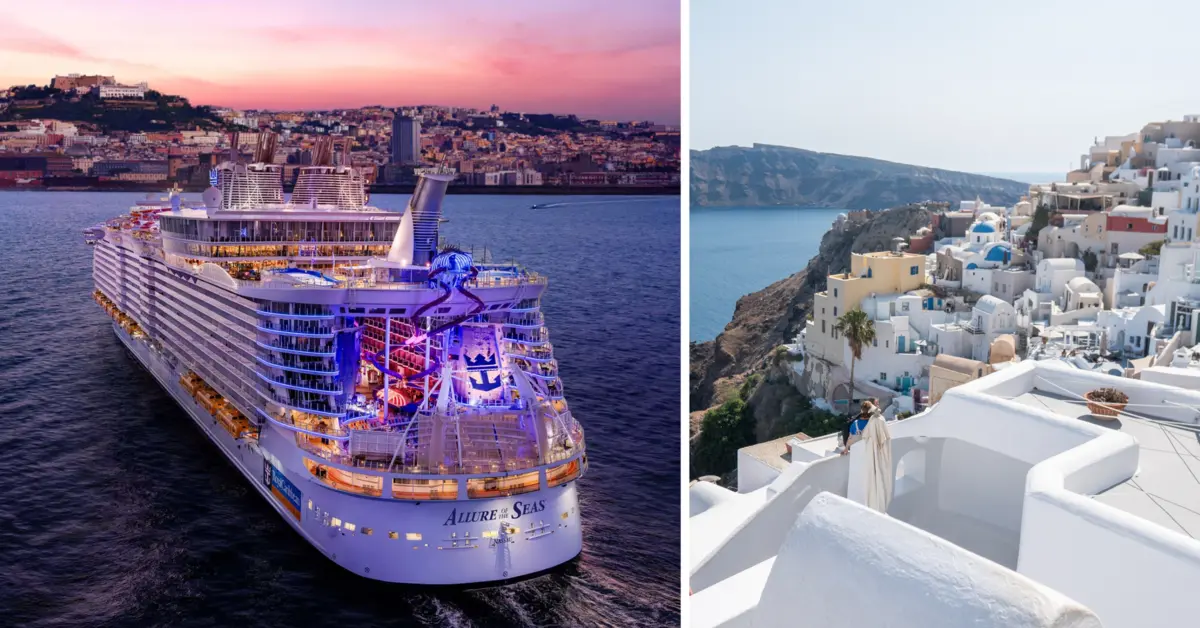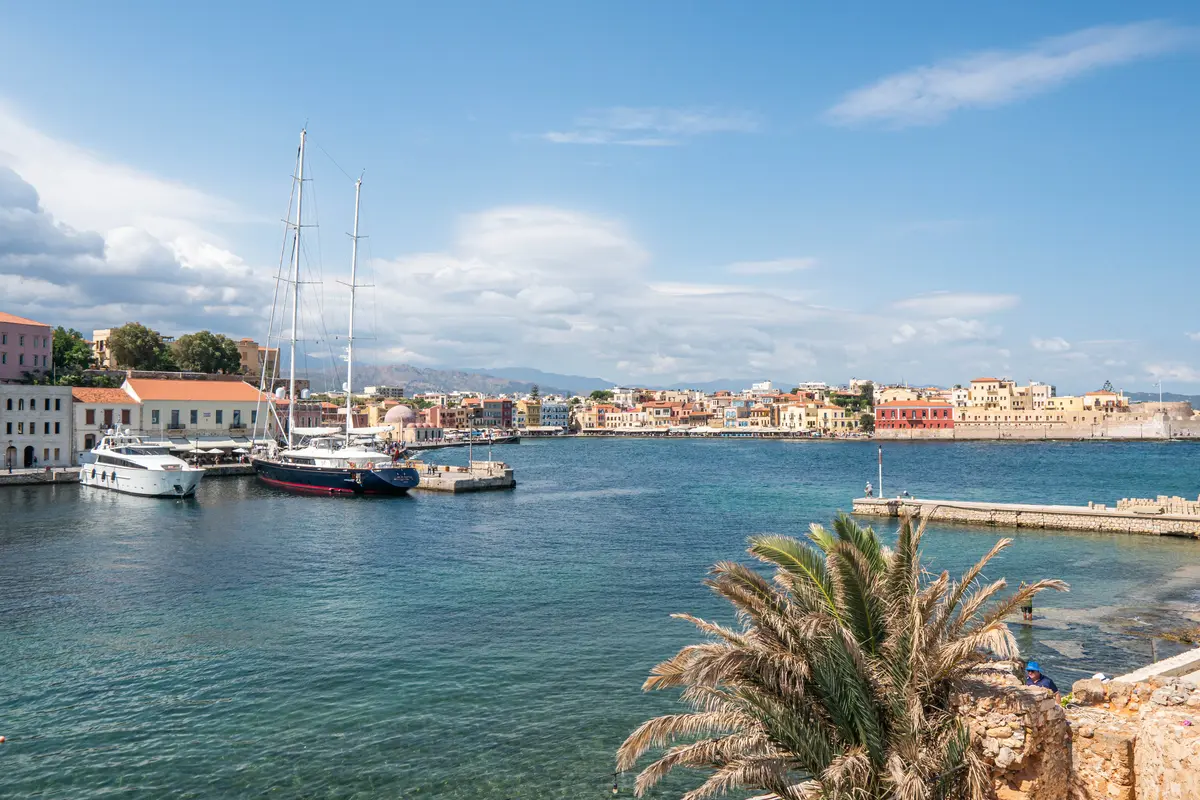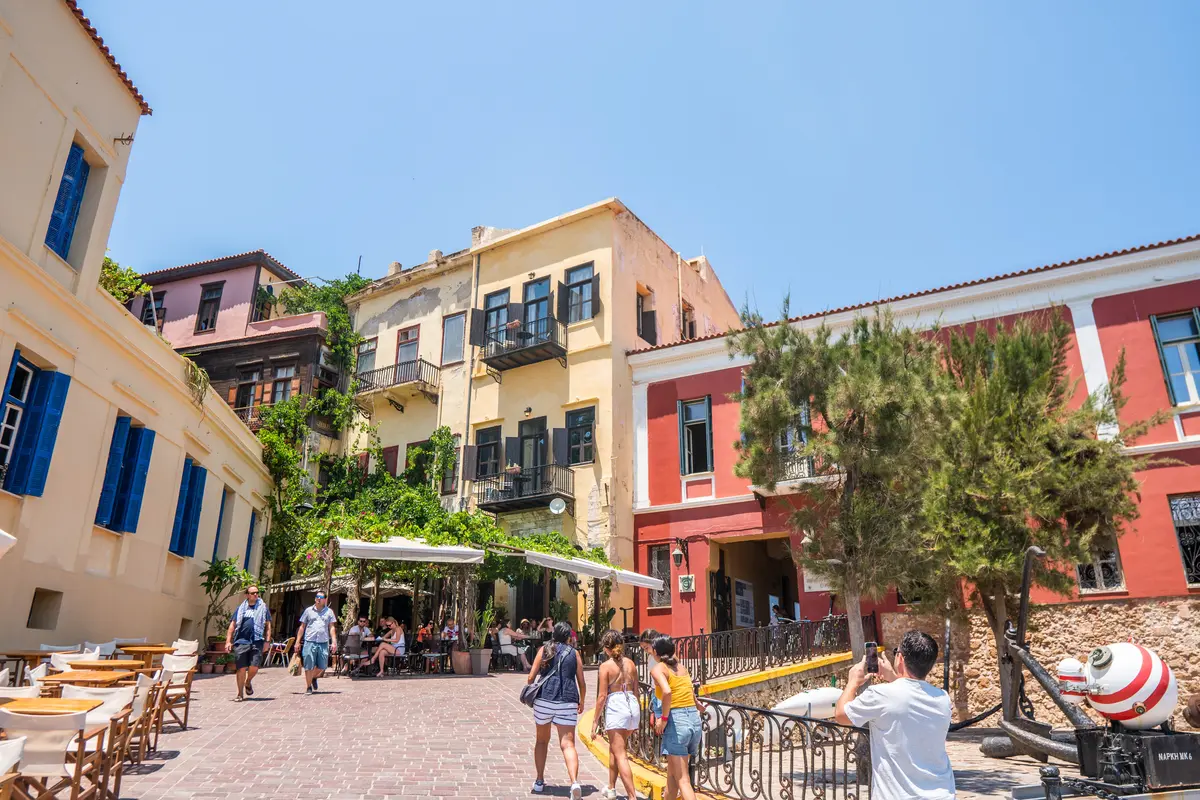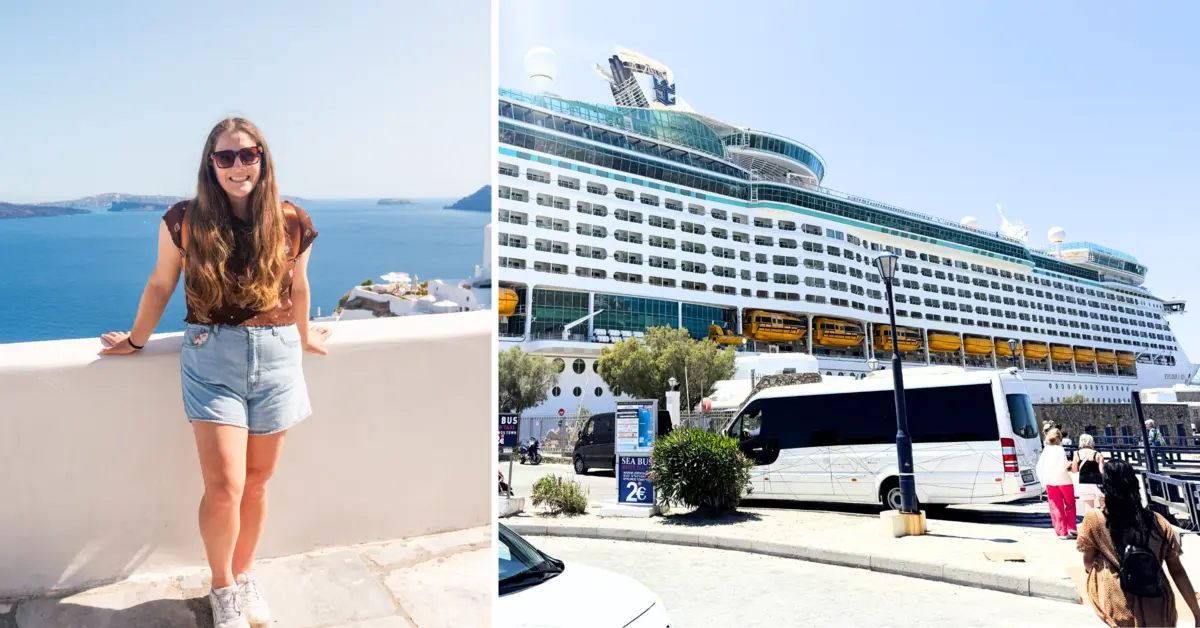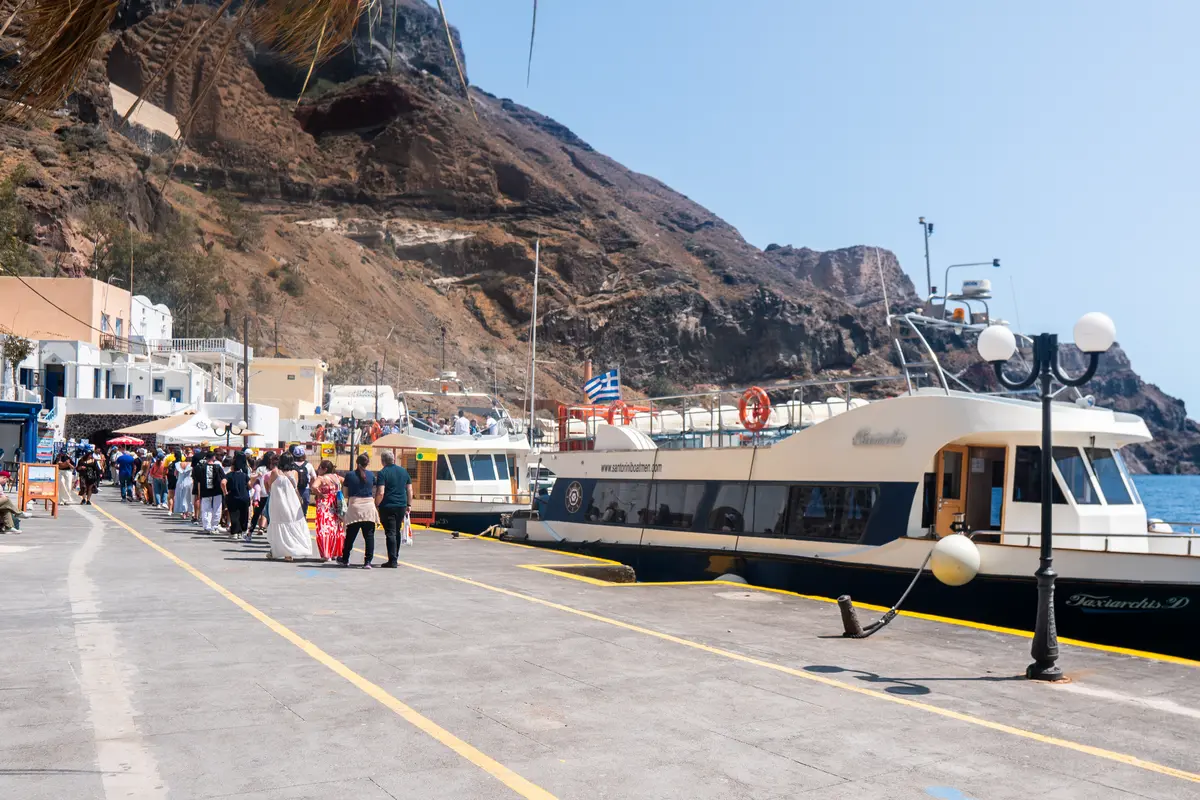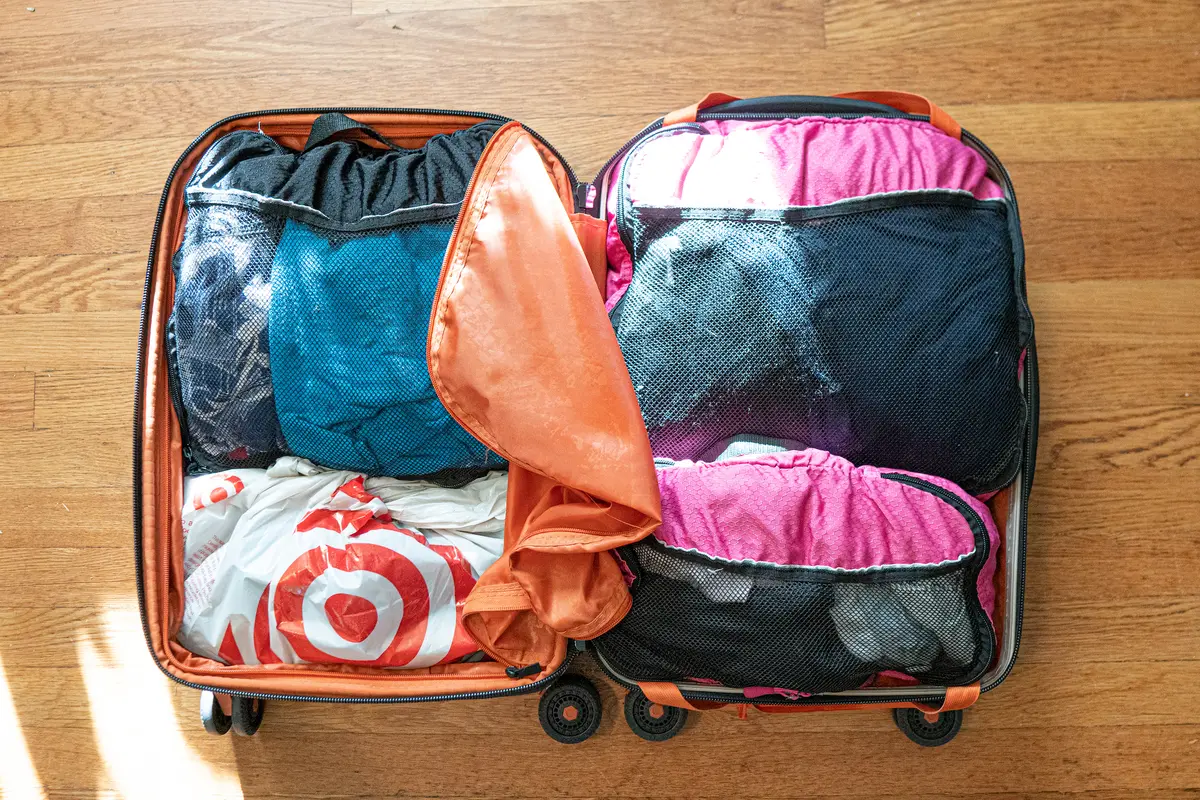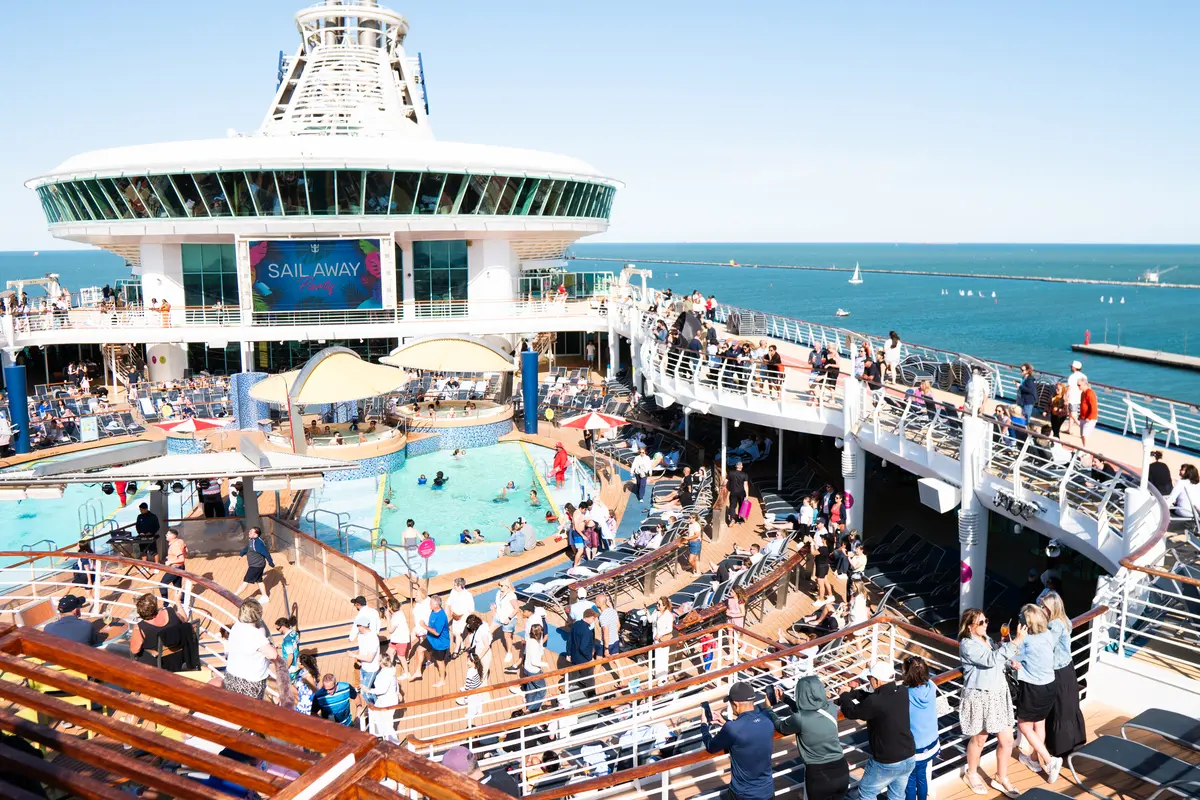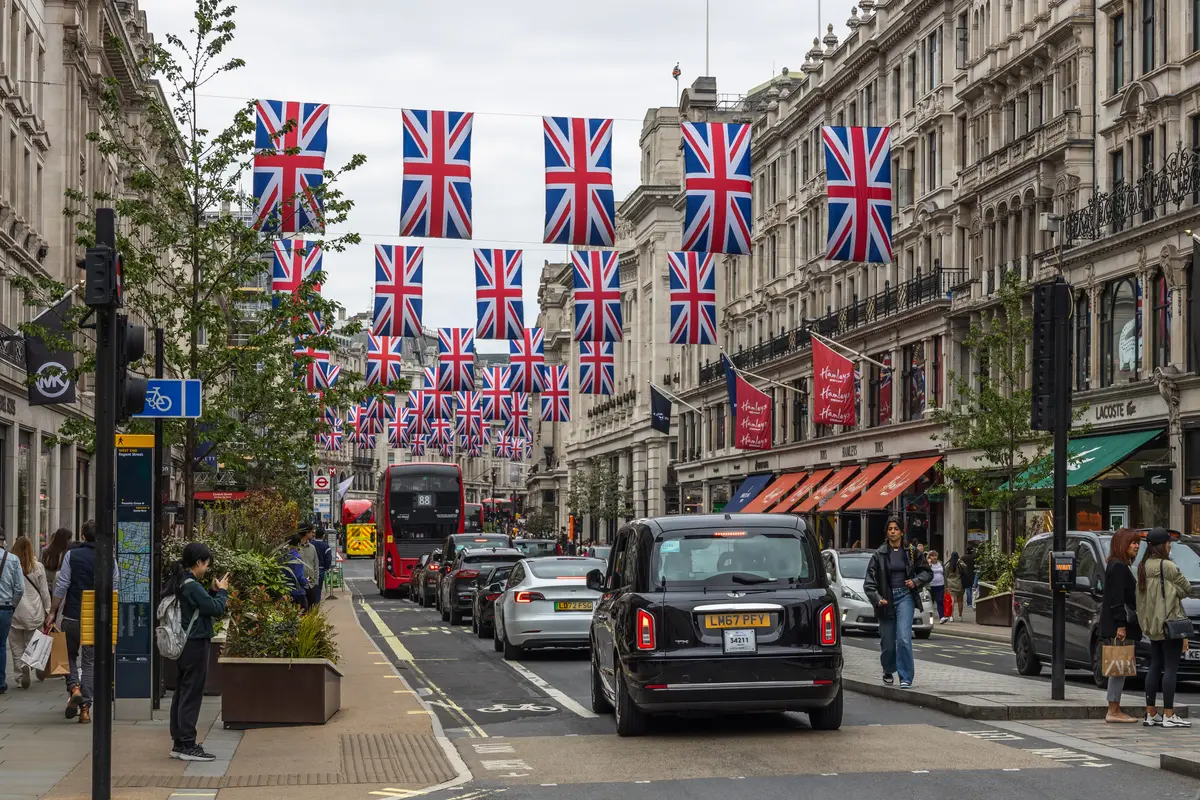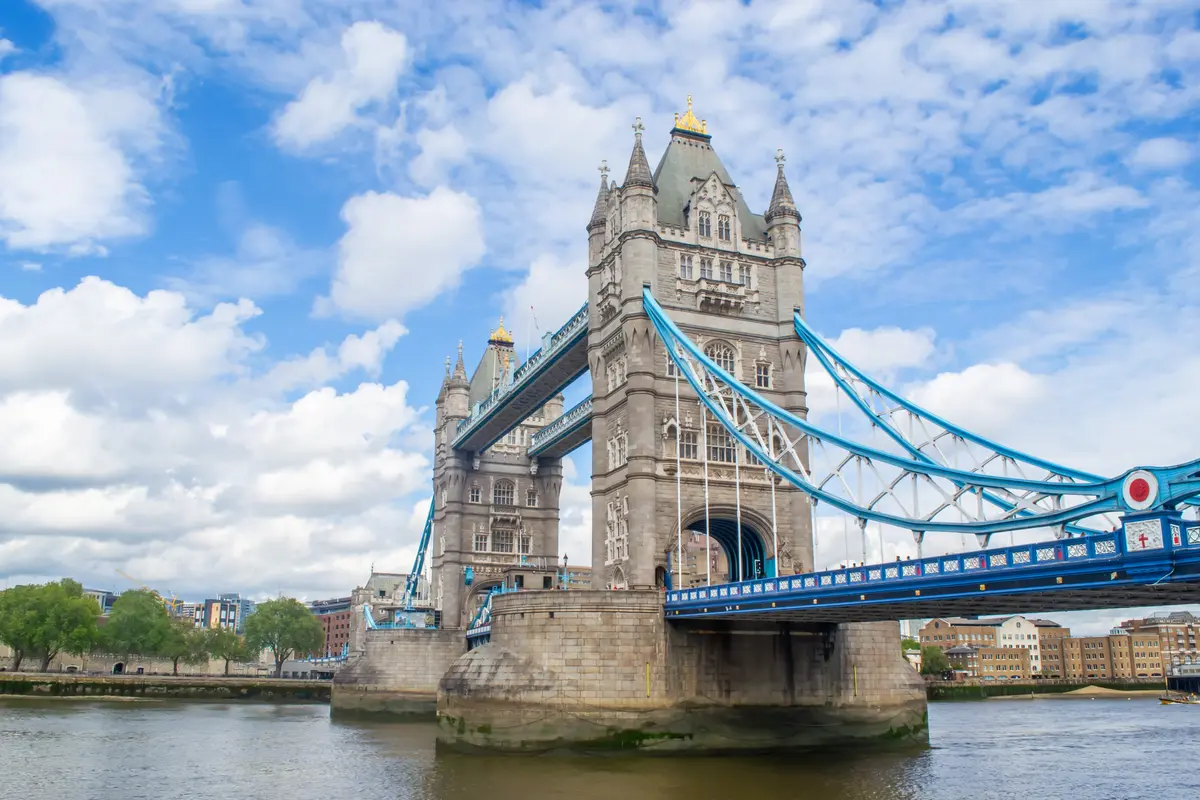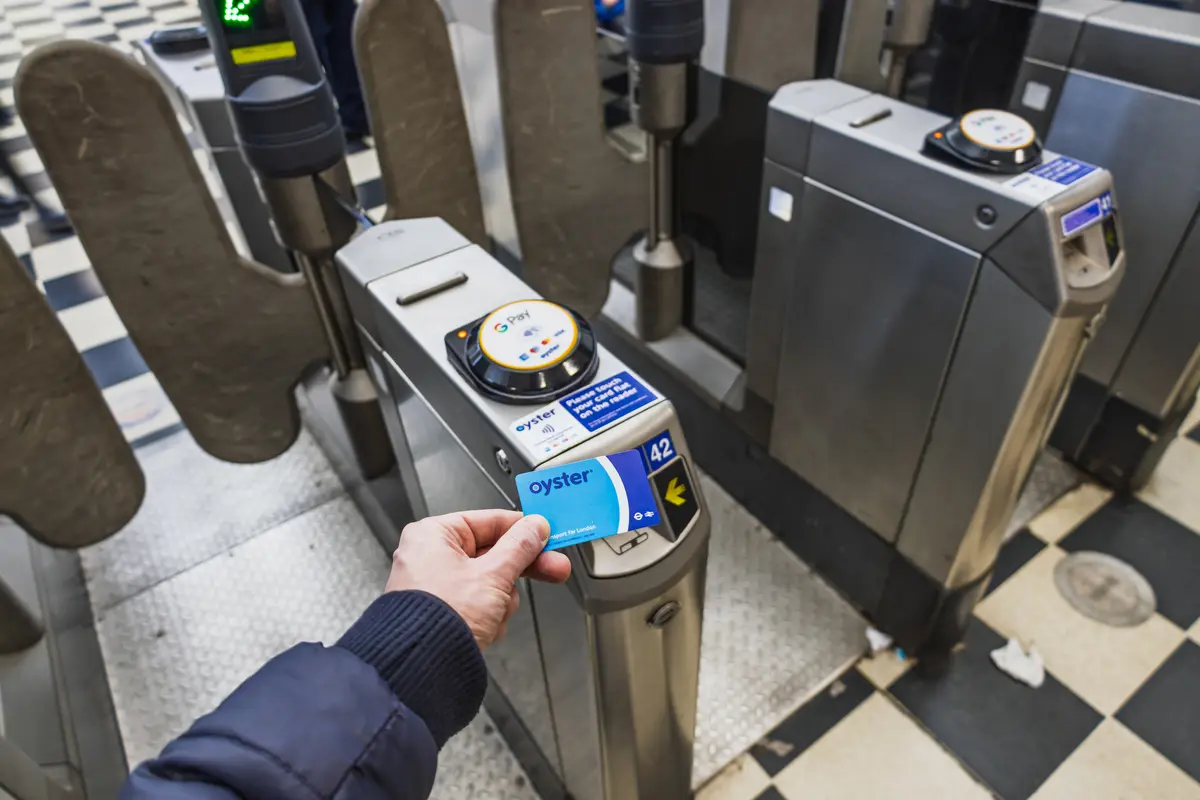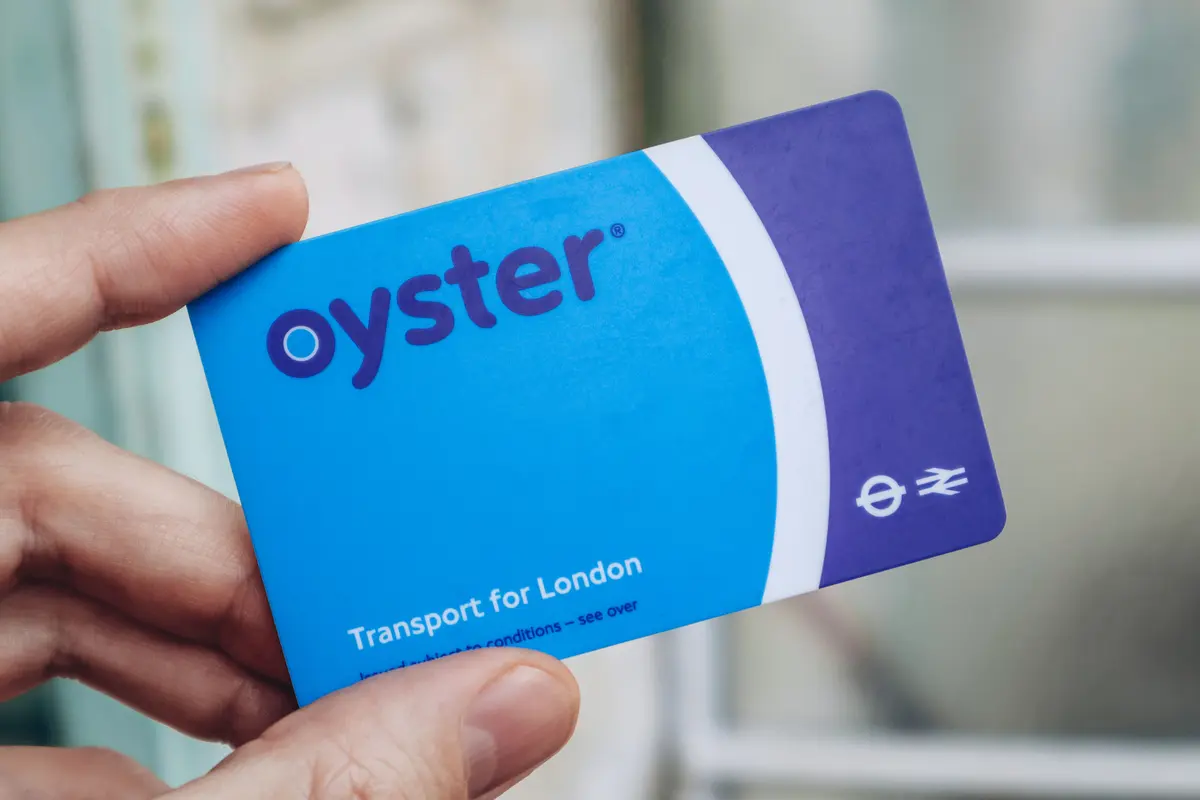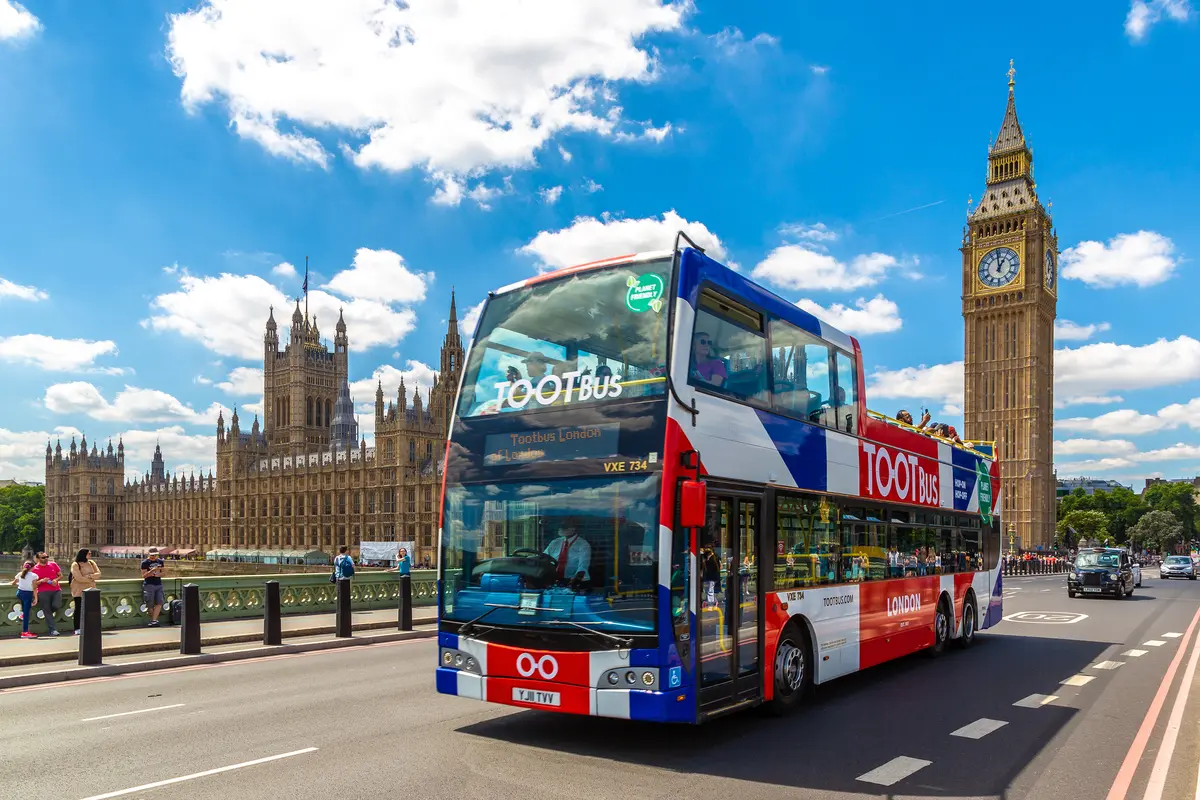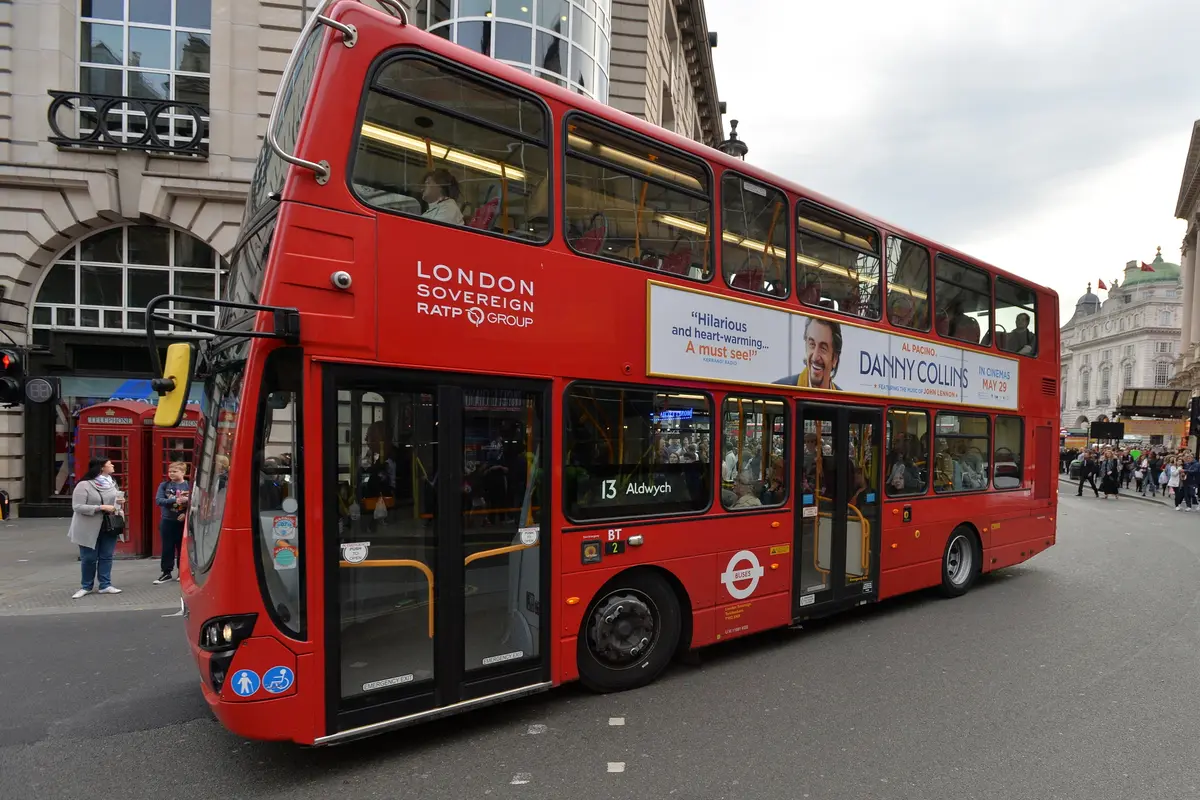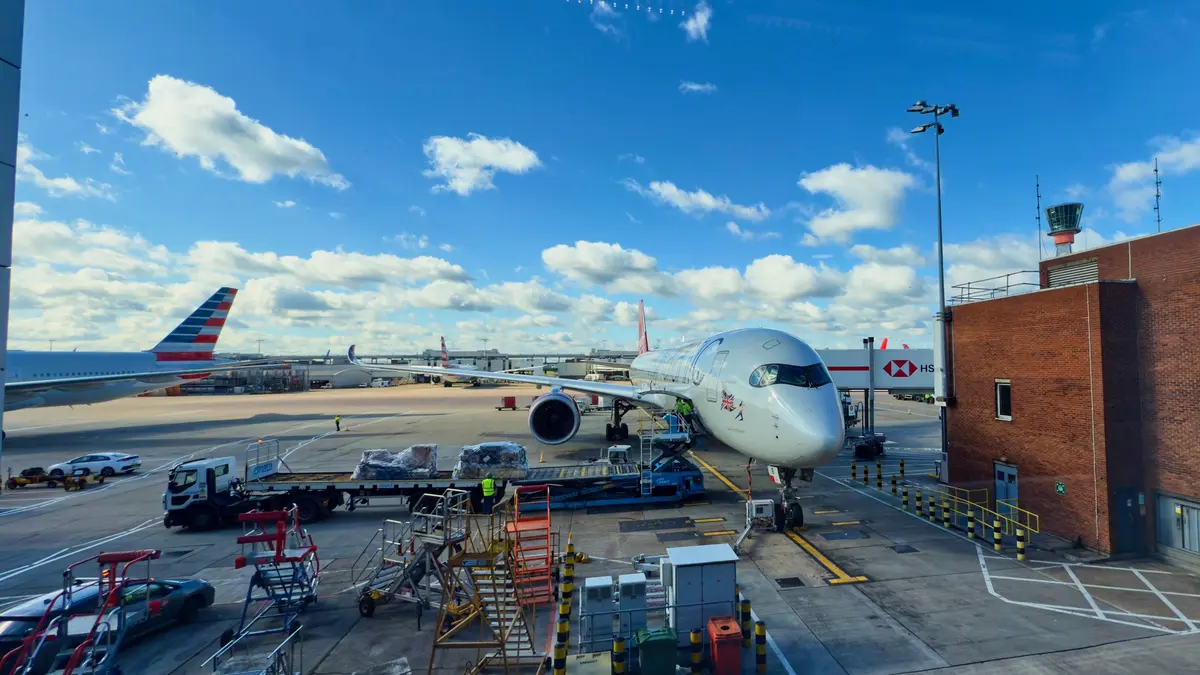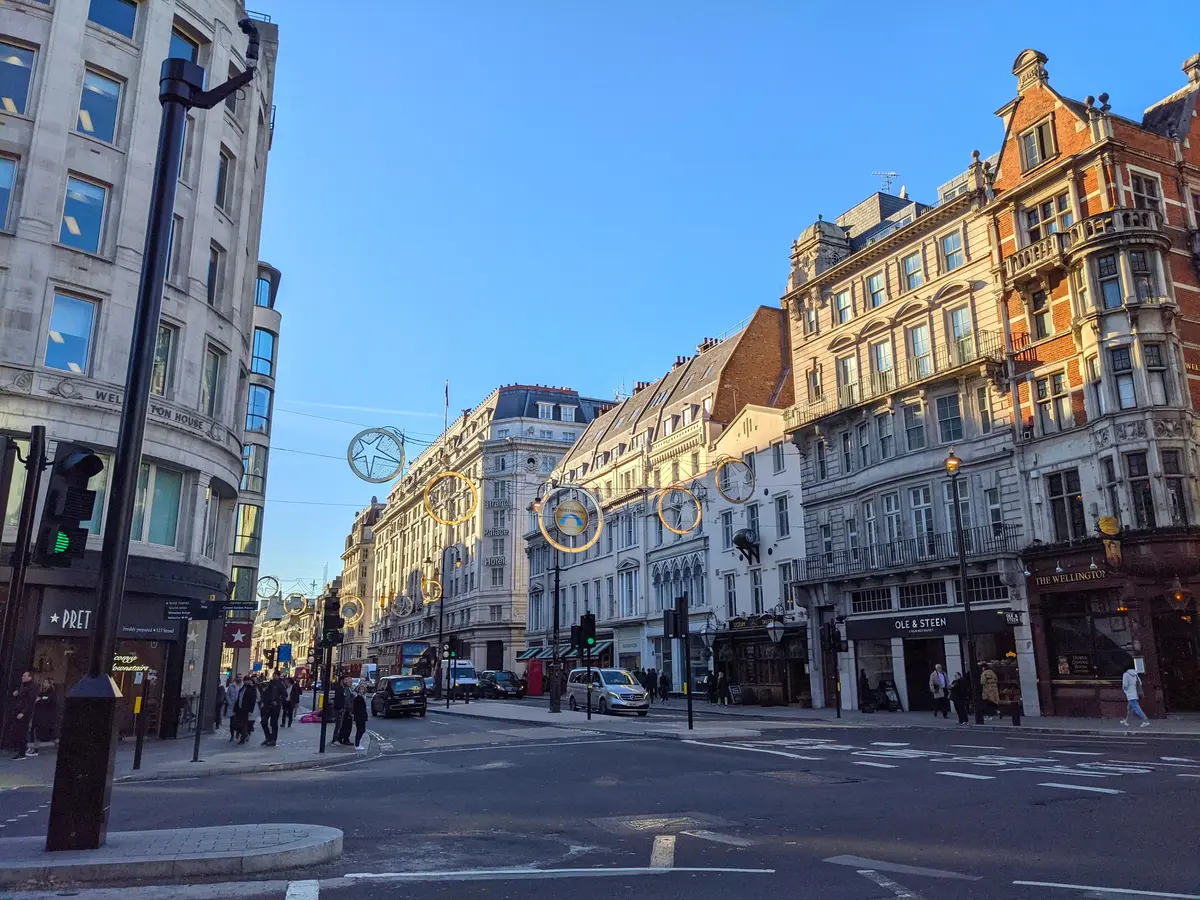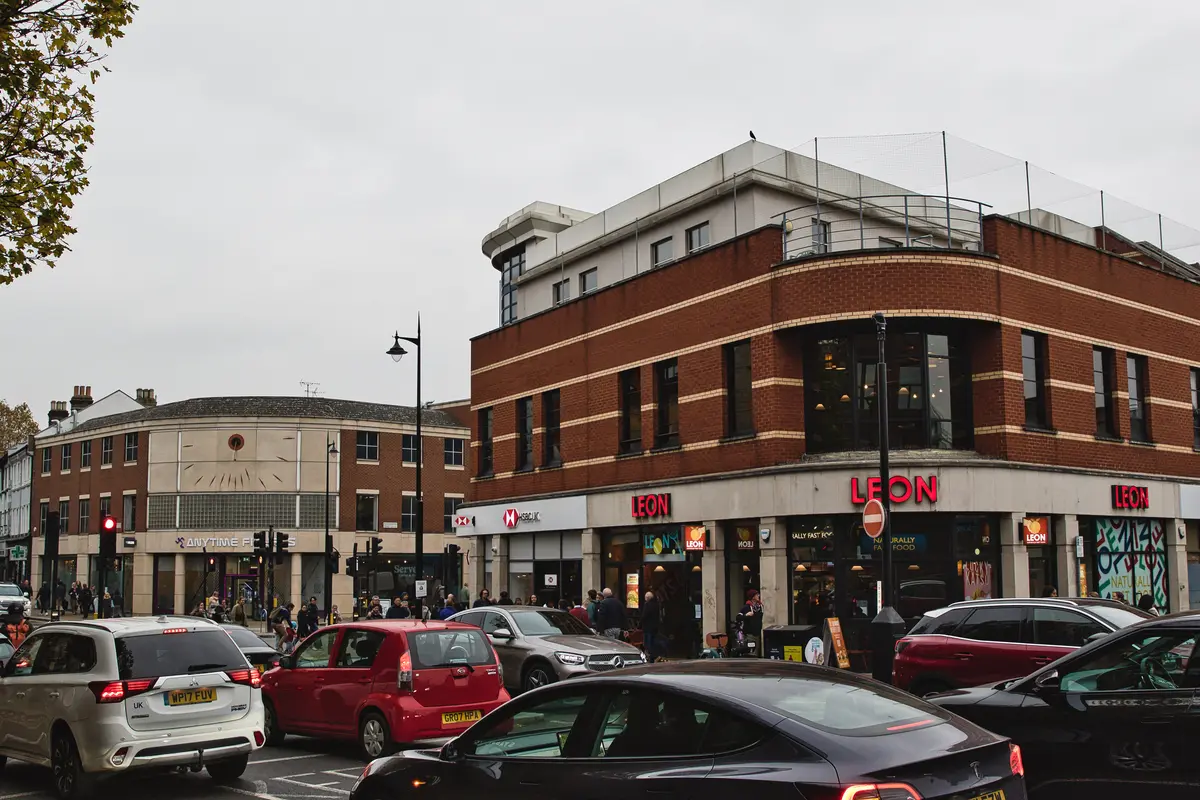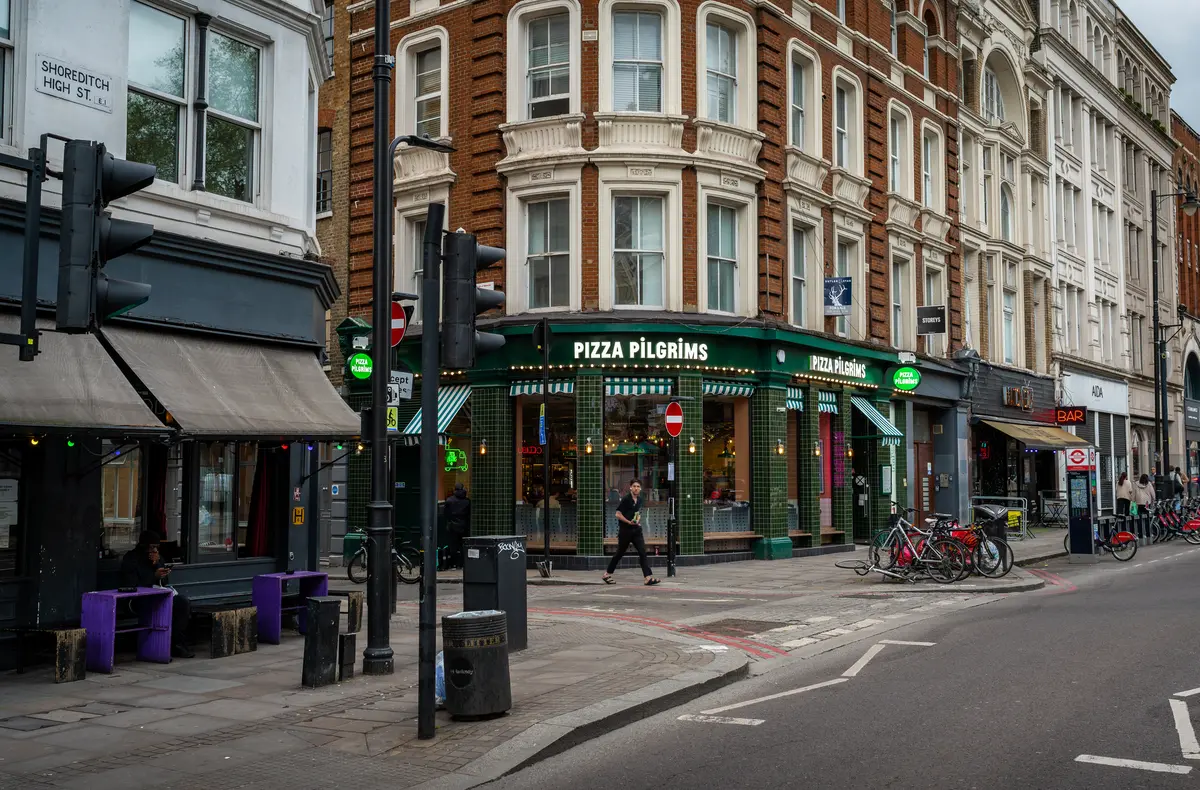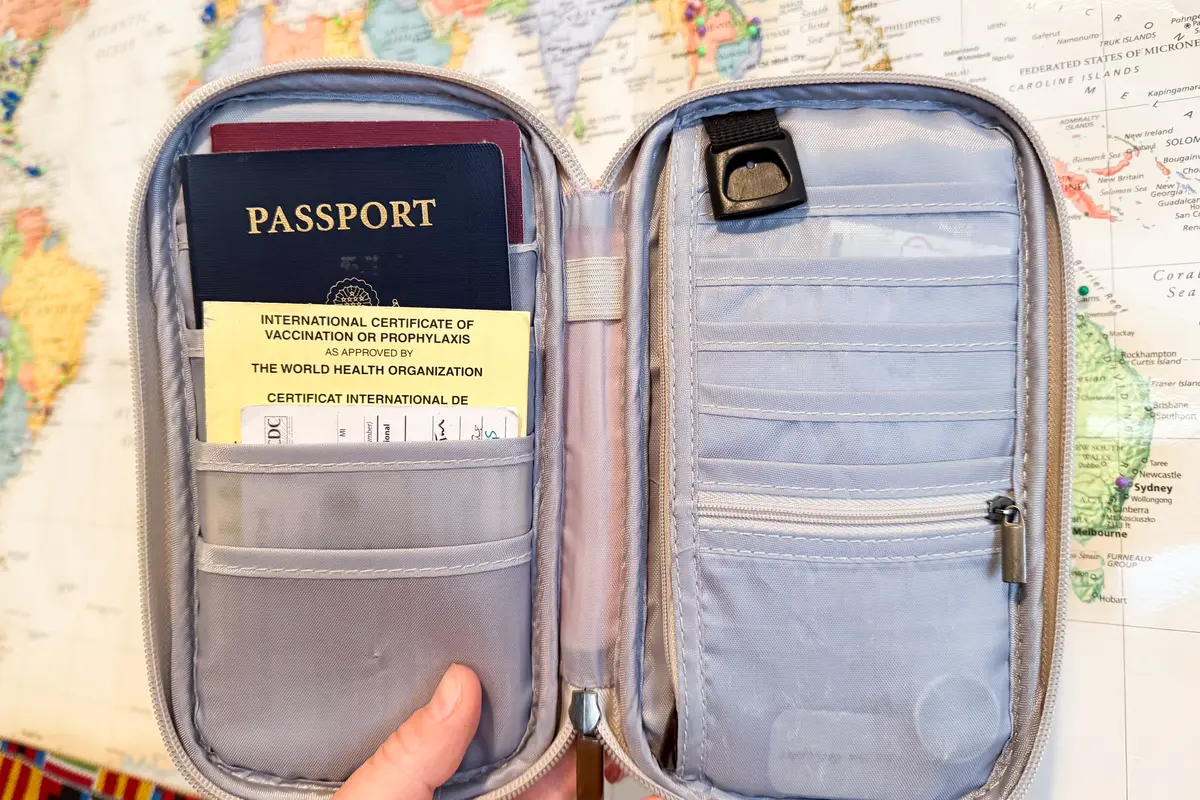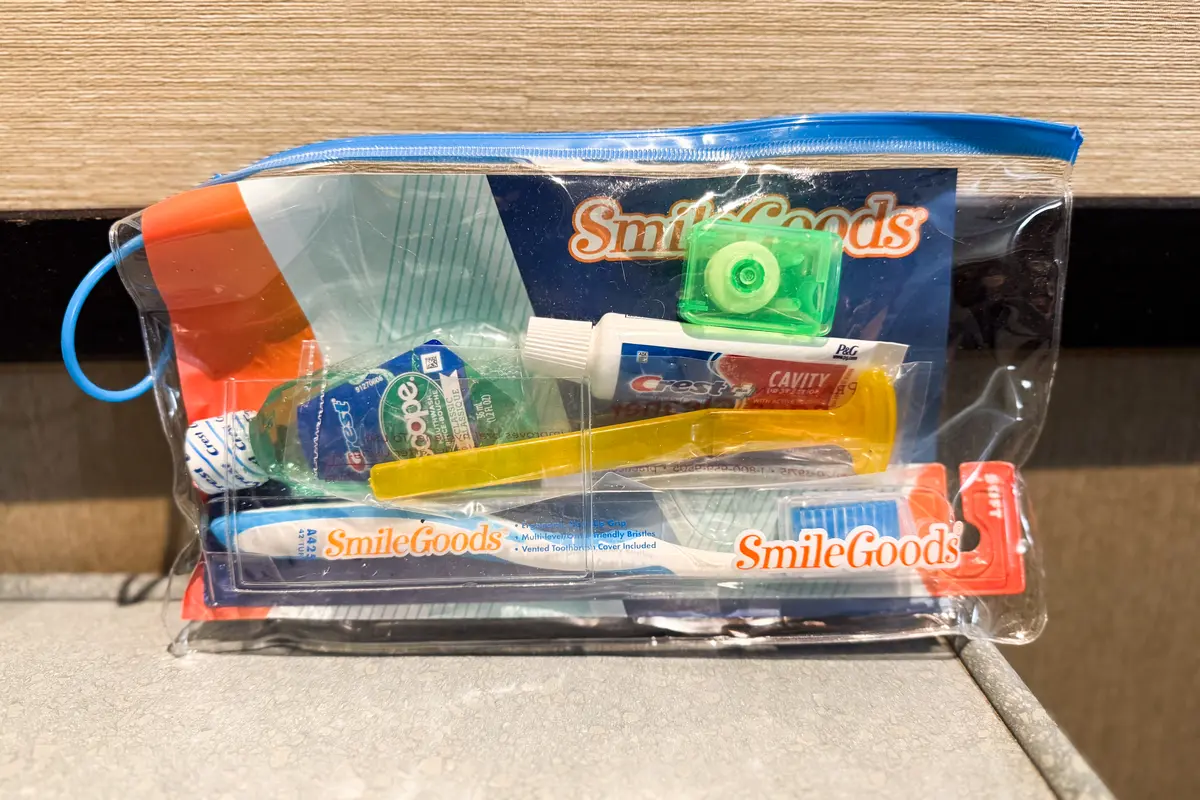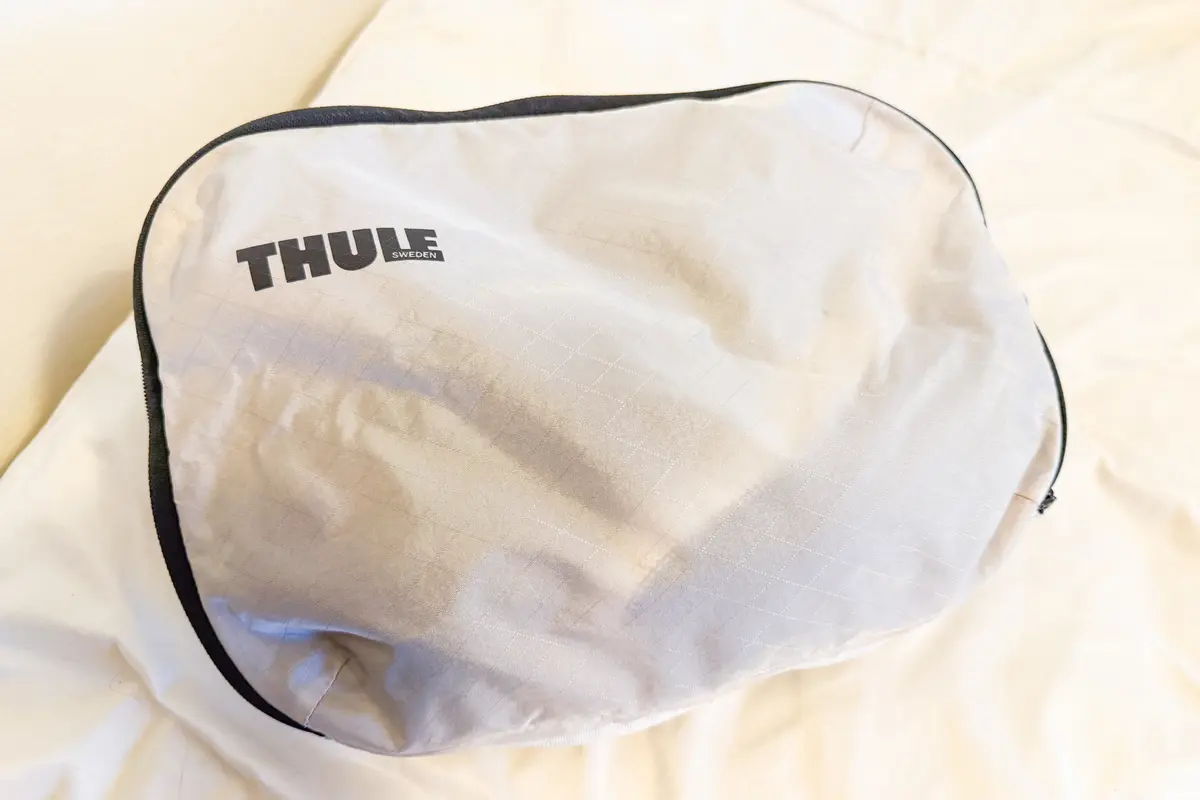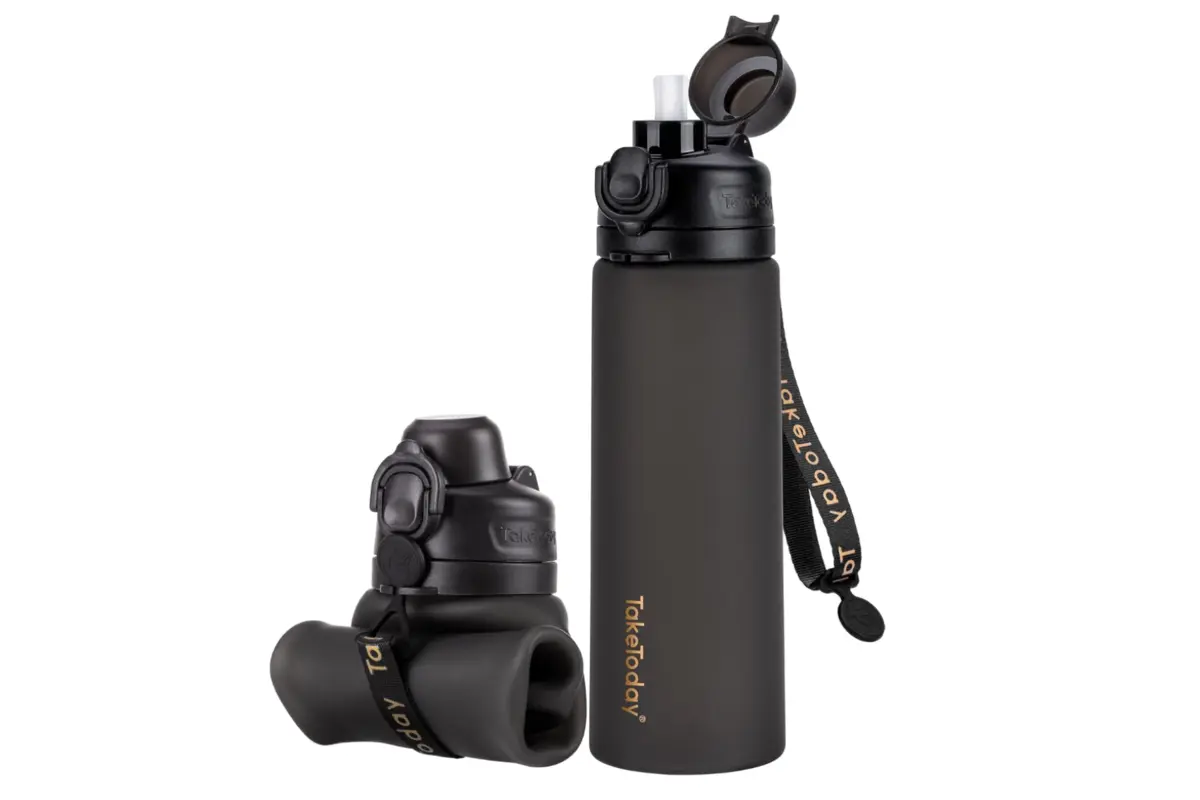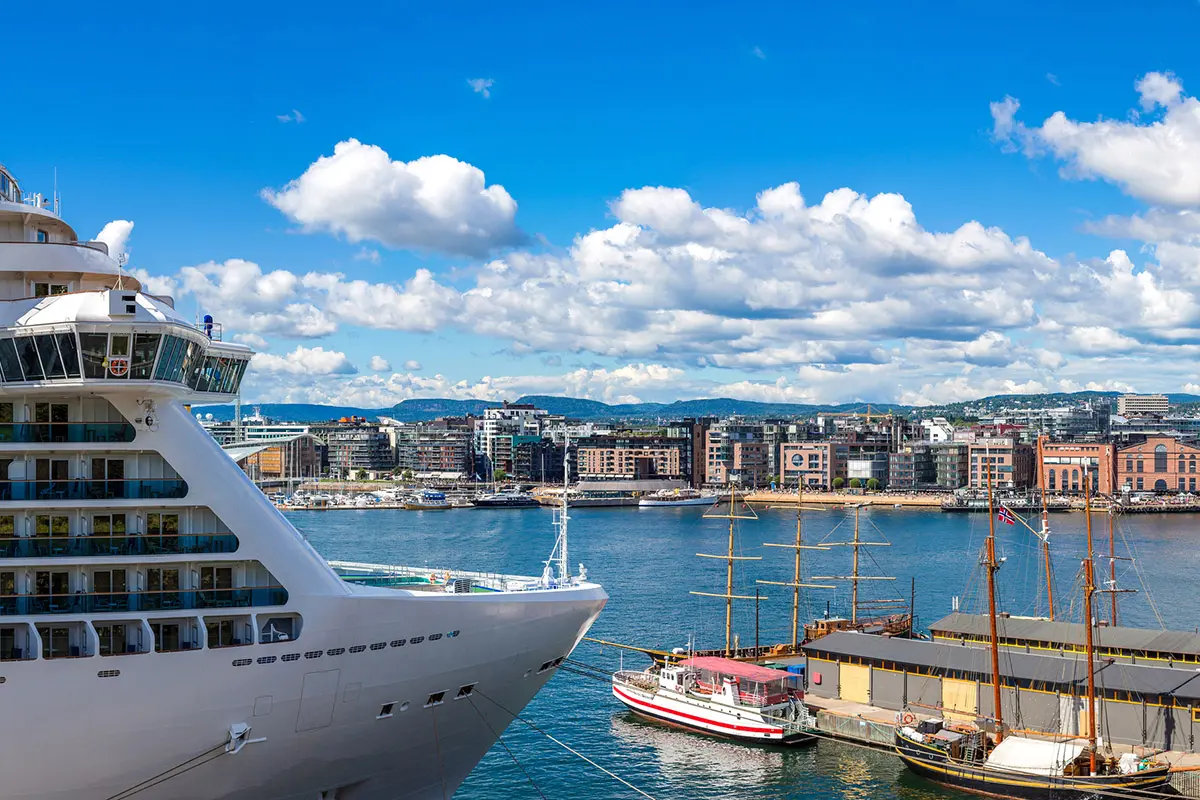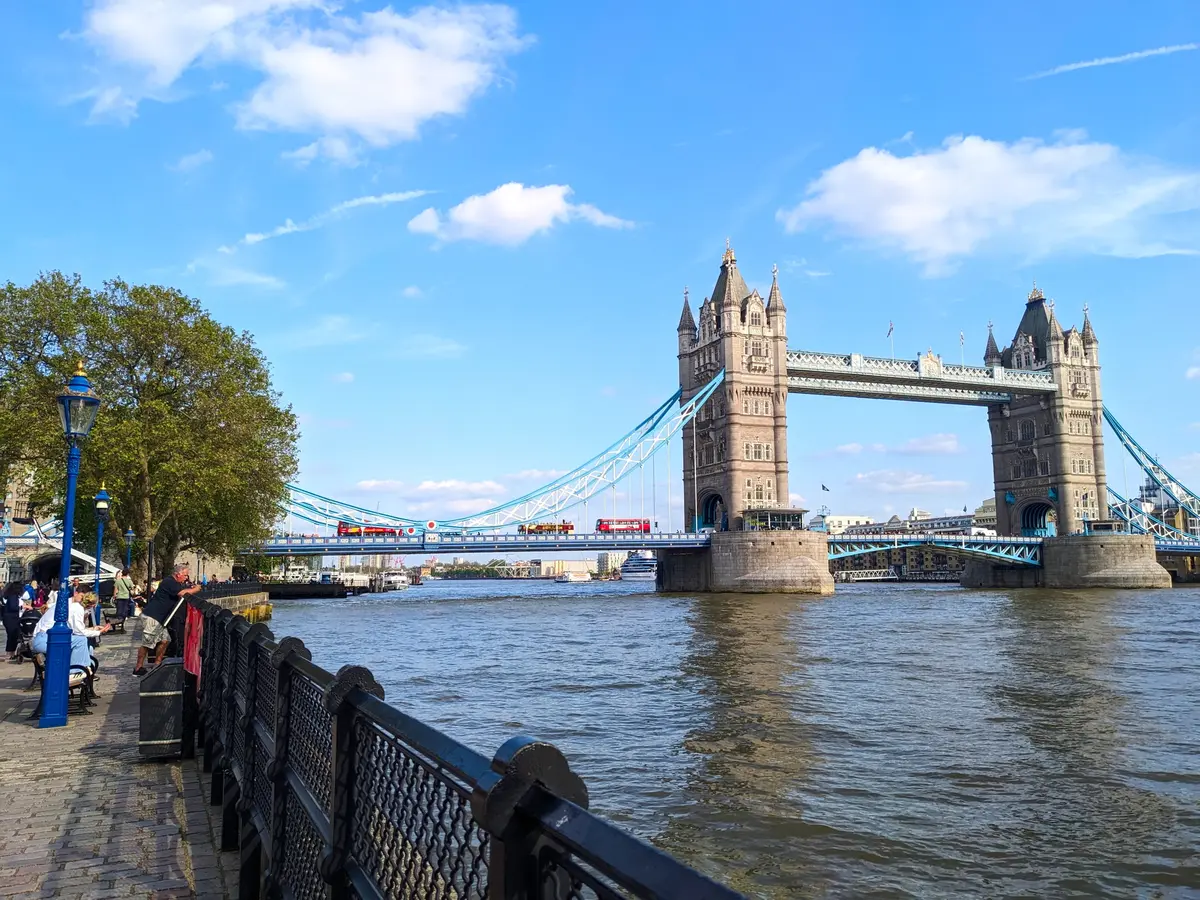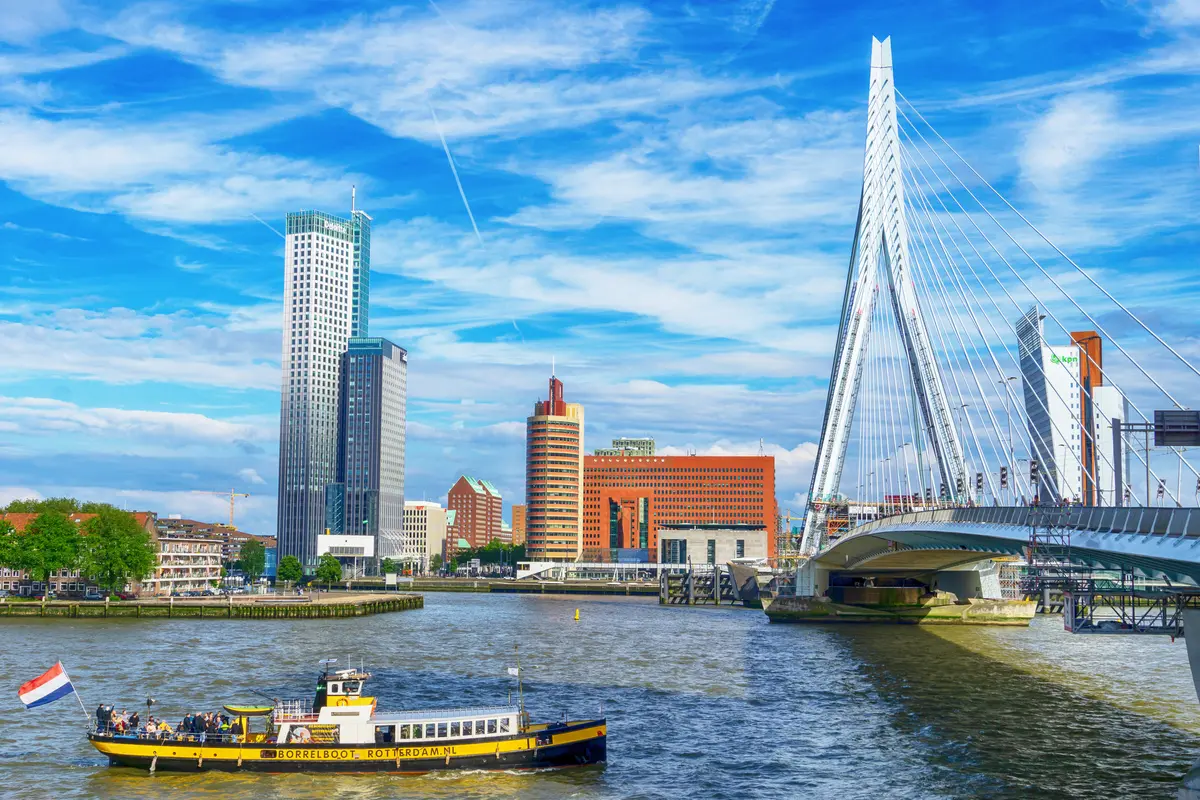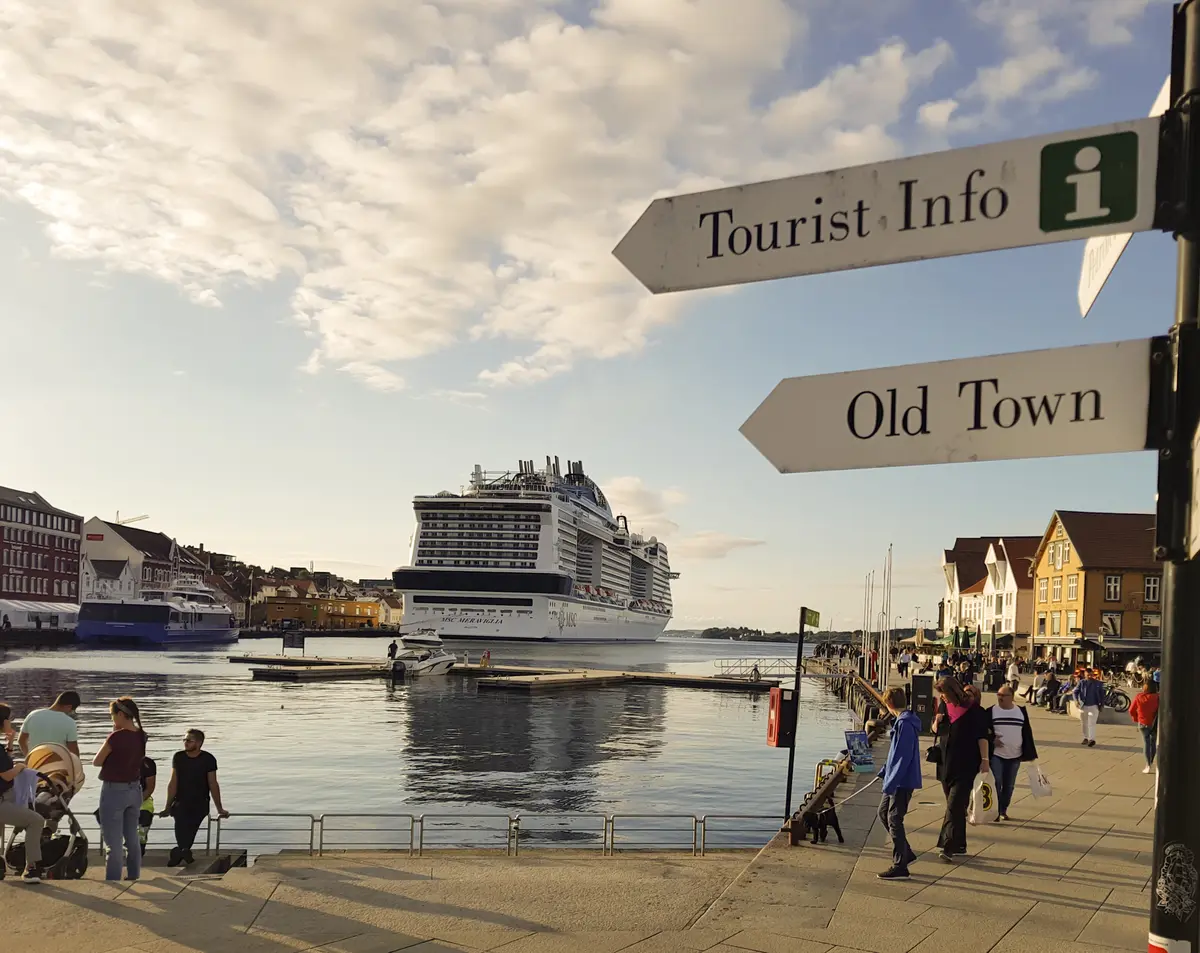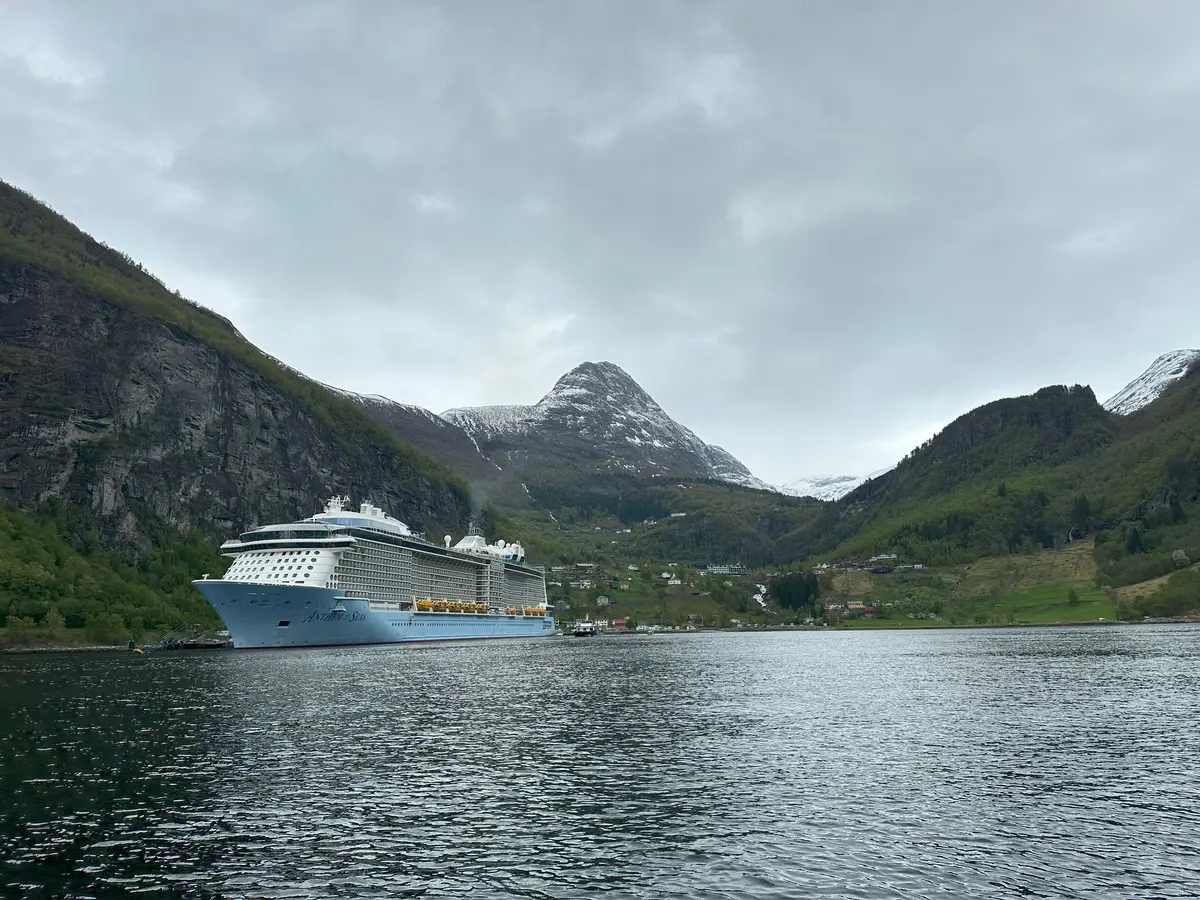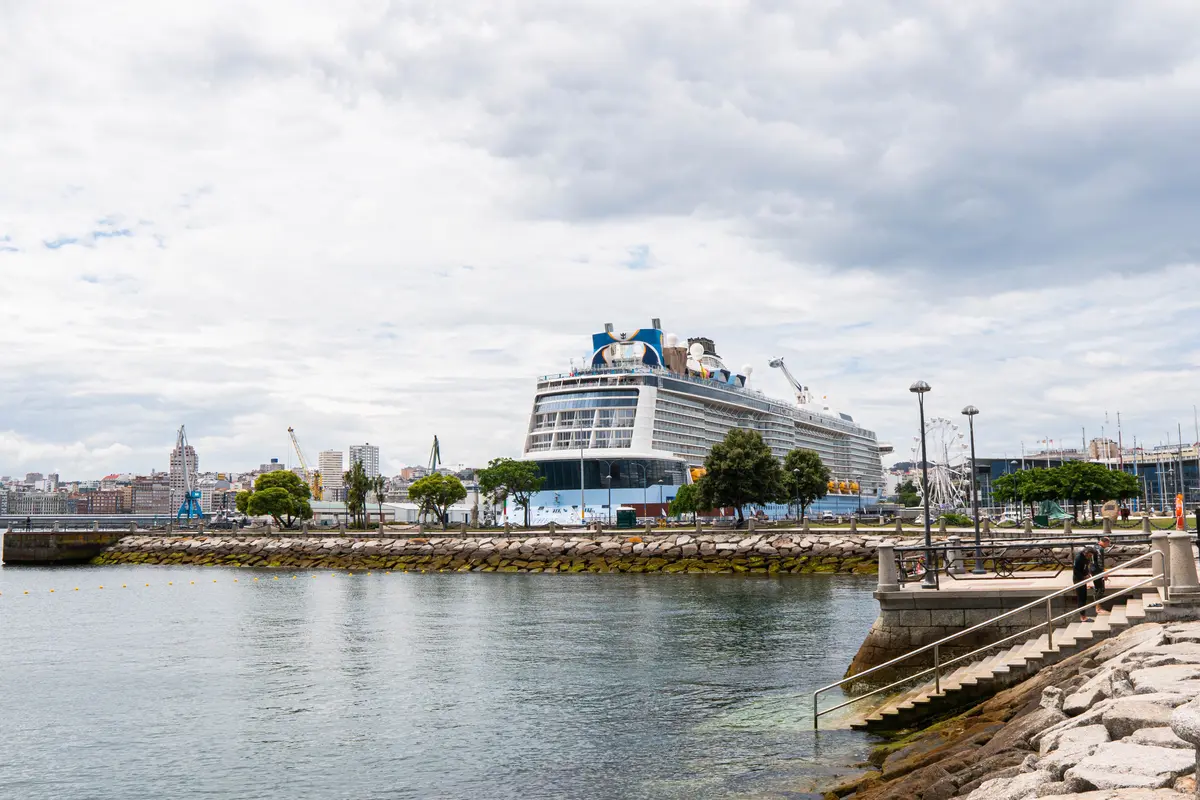A week in Europe proved things are better on a cruise
In:I thought spending a week in Denmark between cruises would be the perfect way to explore Europe and enjoy a different kind of trip, but I was constantly reminded how much more I prefer cruising.
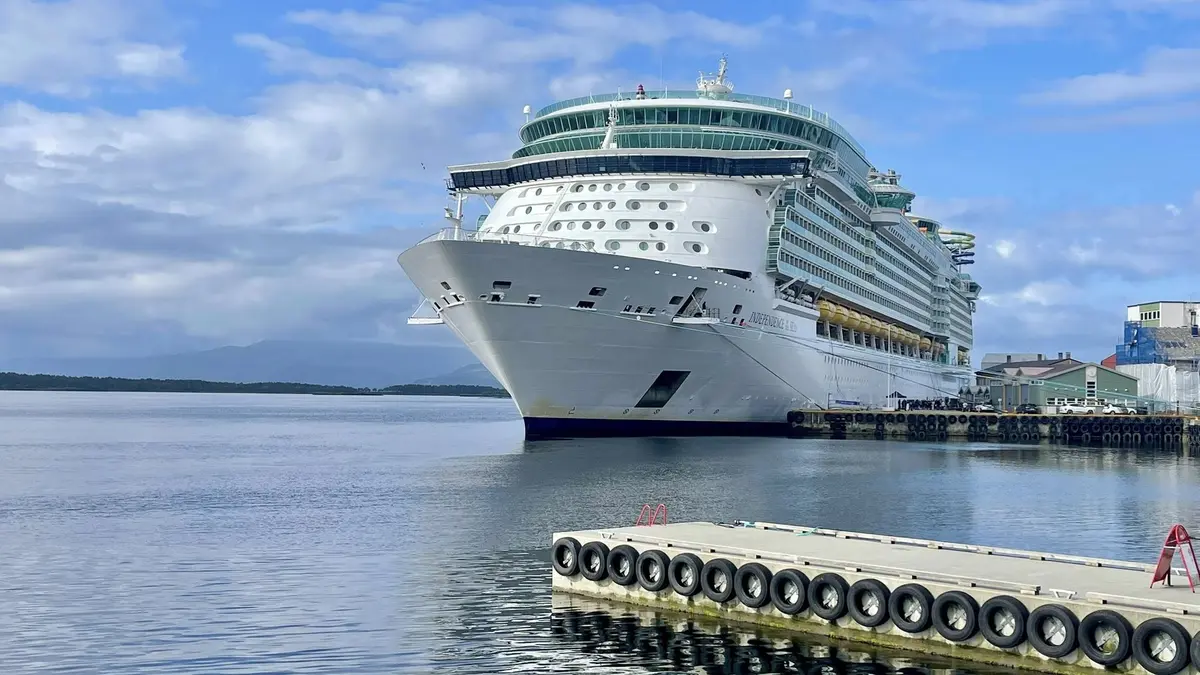
I've primarily relied on taking cruises as my primary method of travel for well over a decade. I go on ships about once a month, and it's not just my work but I also greatly enjoy the unpack once and let the world come to me approach.
When I had the chance to go on my first luxury cruise, I opted to spend a week in Copenhagen in a hotel. It seemed like a great opportunity to truly see the city and immerse myself in the Danish culture and lifestyle.
I quickly realized how much better a value cruising is, and missed not only the onboard experience but also the glimpses it provides.
Food costs alone make cruising a great value

The first indication a cruise was a better value was how quickly my credit card charges started to pile up from food.
While I did get to try some amazing food that I couldn't get back home, it's not cheap. The Scandinavian countries of Europe are especially expensive to begin with, and then you add meals to the equation and the cost starts to build up.
I debated how to best balance trying the foods that make Copenhagen unique versus trying to save money.

Unlike a cruise ship, I couldn't fall back on the complimentary options was a way to reduce expenses. On a cruise ship, there are included restaurants that offer meals, snacks, and drinks with your cruise fare.
Of course, staying in a hotel also means I don't have the means to prepare meals. There's no microwave, oven, or fridge to be able to make a proper meal.
Unpacking once on a cruise is an underrated benefit
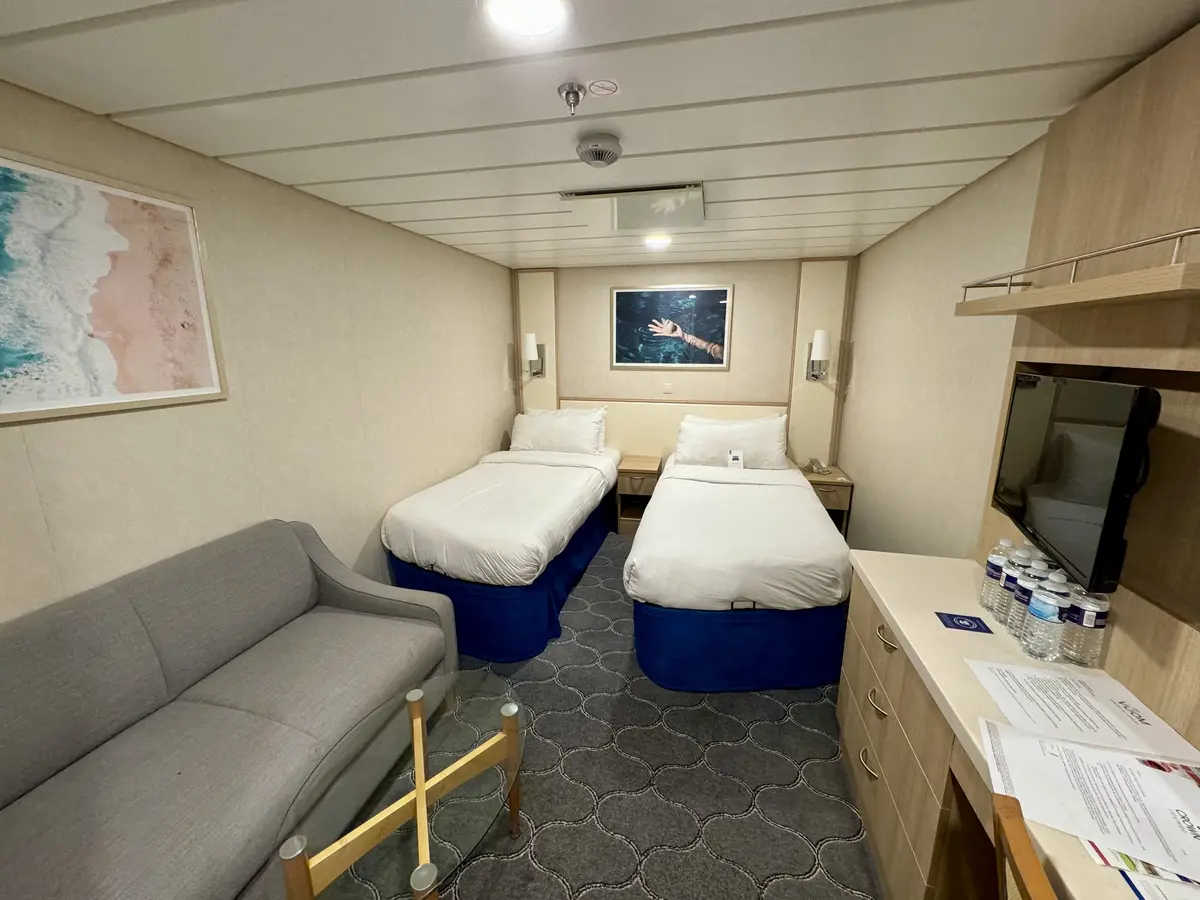
The magic of a cruise is you get to unpack once and then see a variety of places.
When I sailed on Independence of the Seas prior to my stay in Denmark, our ship moved between Hamburg, Rotterdam, Oslo, and Copenhagen.
It's so much easier to go to sleep and wake up in a different city, and it's something you can only get with a cruise ship.
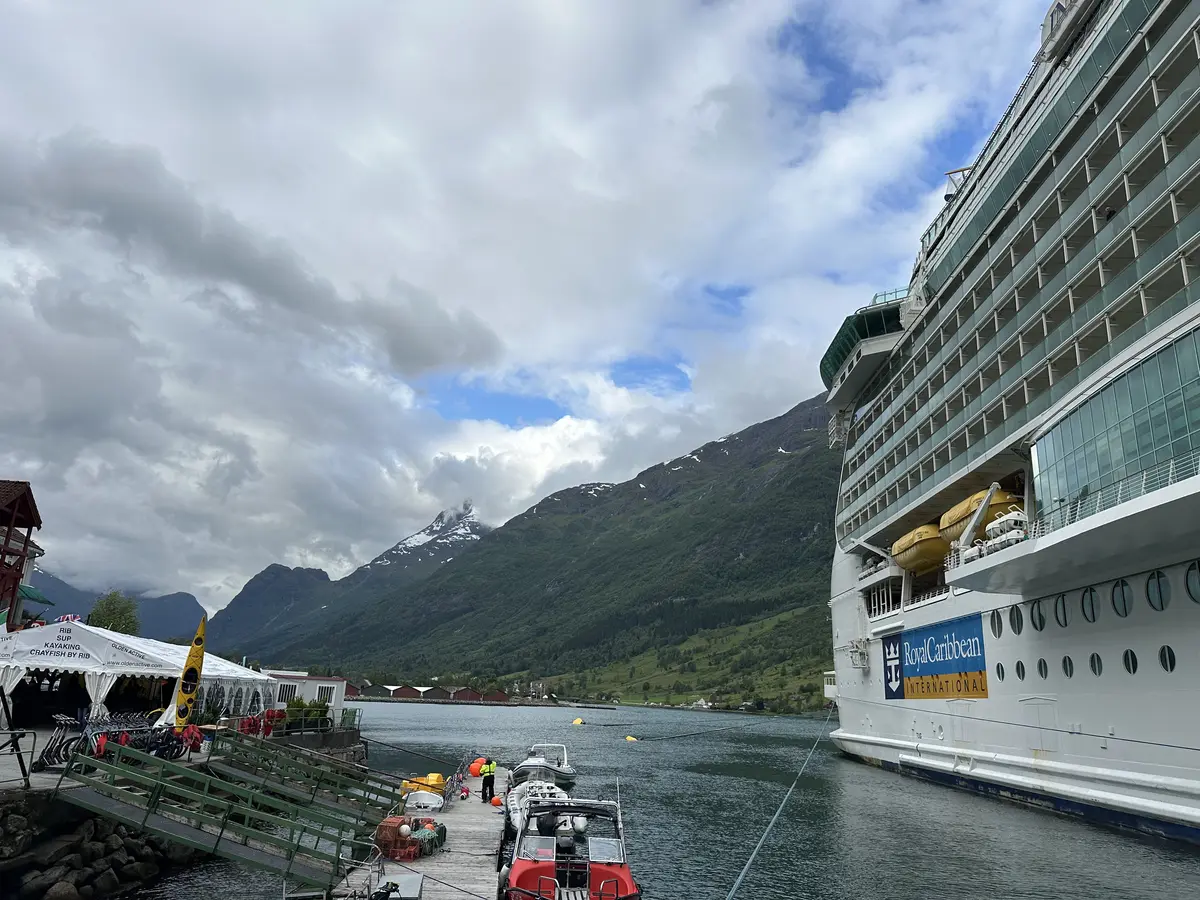
During my stay in Copenhagen, I could have seen more of Denmark or the surrounding area, but I would have had to pack up, travel, and then unpack again in the new place before returning to Copenhagen later.
I considered doing more of a road trip and going around, but it seemed the logistics, costs, and time commitment needed to get around were more than I was willing to try.
Leaving the travel plans to the cruise line and simply walking off the ship to see the place I'm in for the day is definitely my speed.
Getting a glimpse of these places is good enough

Another advantage of a cruise might seem like a negative aspect. Having just 6-8 hours in port might seem like a problem when visiting amazing places, but I think it's the right amount of time for the best options.
I got my first taste of Copenhagen a week earlier when my cruise visited the city, and really liked it. So when I returned for a week, I thought it would be amazing to explore even further.
While I had more time to see the city's highlights, I realized the saying "less is more" applies to city touring too.

I certainly didn't hate my time in Copenhagen, but I think spending the day is enough to experience the very best the port has to offer.
As the days passed, I was ready to move onto something else. This reinforced the benefits of cruising and getting just enough time to see things I need to visit.
Cruise ships can get to places that are impractical by car

My Independence of the Seas cruise had also visited the Norwegian fjords, and this was by far my favorite area of Scandinavia to see.
While a big city like Copenhagen has a lot of interesting activities, the natural beauty of the fjords is unmatched.
I think being able to visit a fjord, glacier, or bay is something so special about cruising.
Even in the Caribbean, a cruise ship can get you to places that are difficult to get to otherwise. The most beautiful beaches are accessible via boat, and starting off on a cruise ship that docks nearby helps immensely.
I missed the value and convenience of a cruise ship

I didn't hate my week in Copenhagen, but I was quite happy to board a cruise ship and get back into that style of travel.
Ultimately, I think visiting cities by cruise ship is the right amount of time to see the highlights. I might prefer the ship stays in port a few extra hours, but it's usually good enough.
When you start to account for the costs of living in a city for multiple days along with transportation needs, cruising becomes even more attractive.
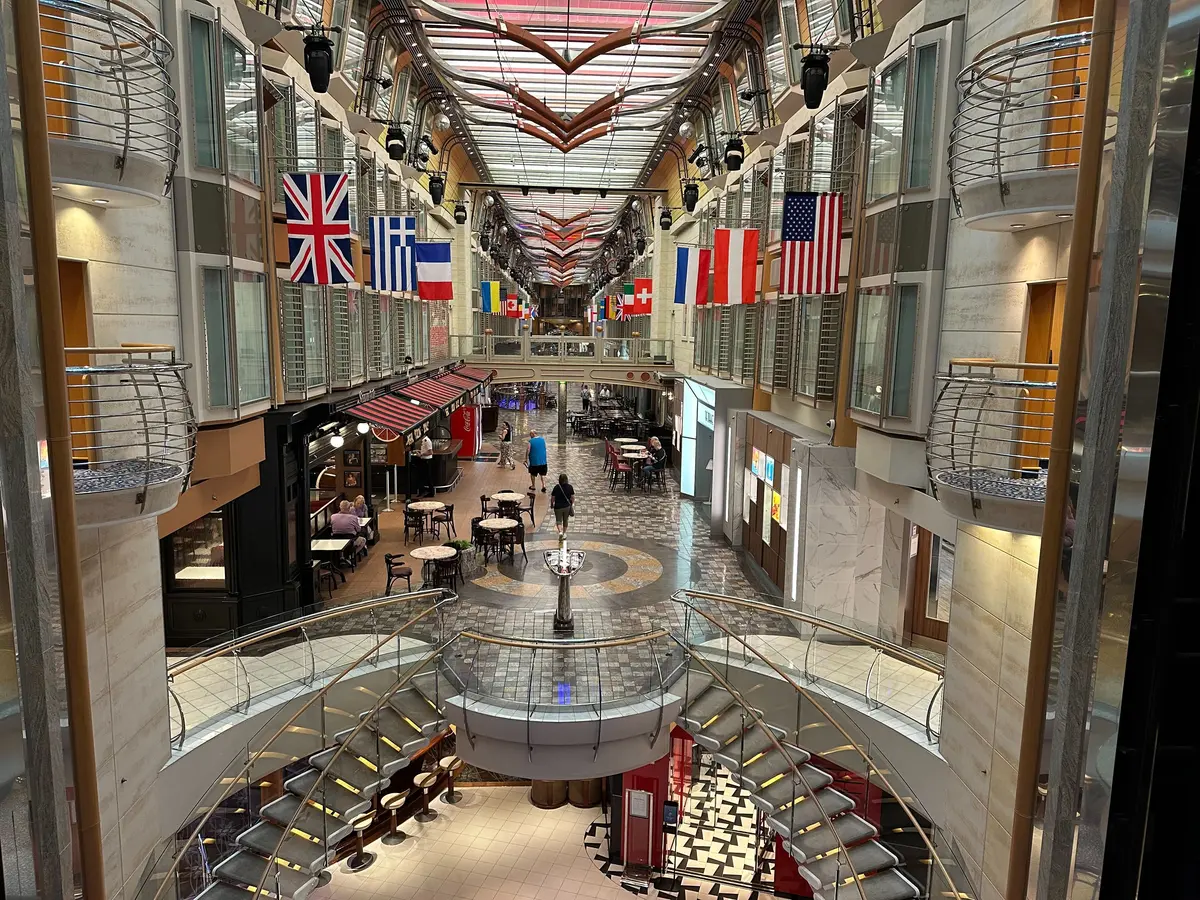
In my situation, I was also coming at it from an almost idyllic scenario because it was just me and I didn't have kids, grandparents, or other special needs. The more people you add to the equation, the more demands it has on catering to everyone's needs.
I'd recommend seeing Copenhagen to anyone as a beautiful city, but preferably as part of a visit for the day on the ship.


